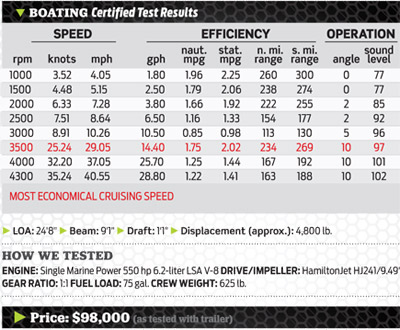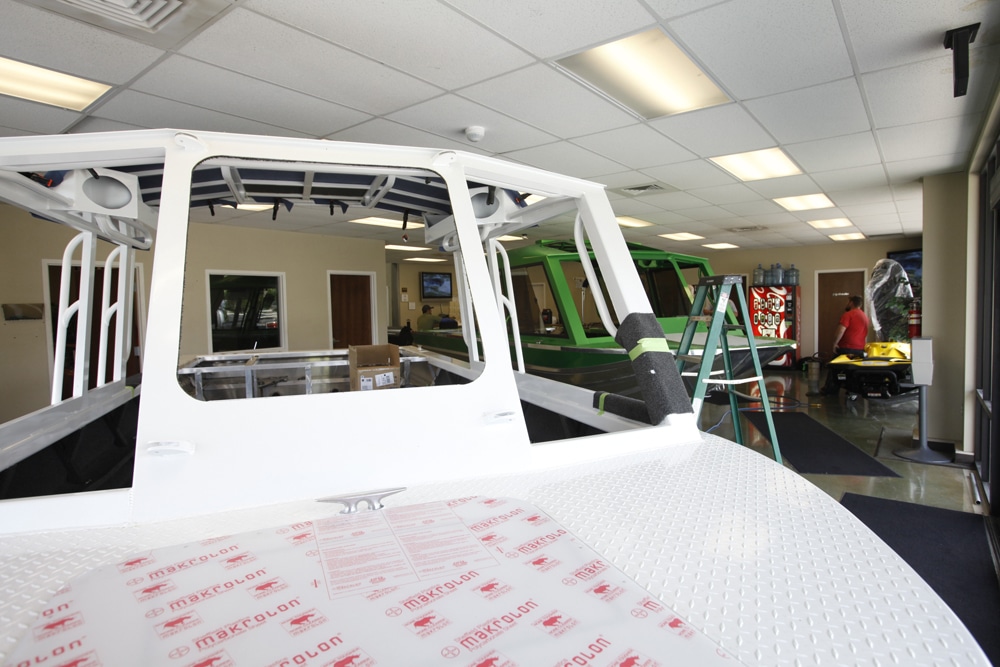
Whitewater Jet-Boating
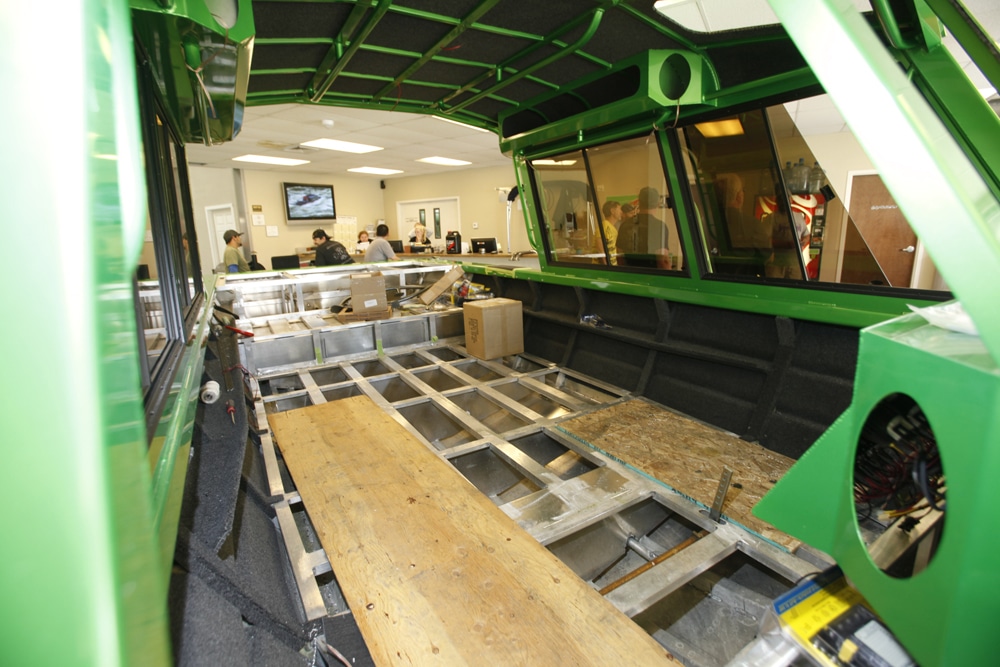
Whitewater Jet-Boating
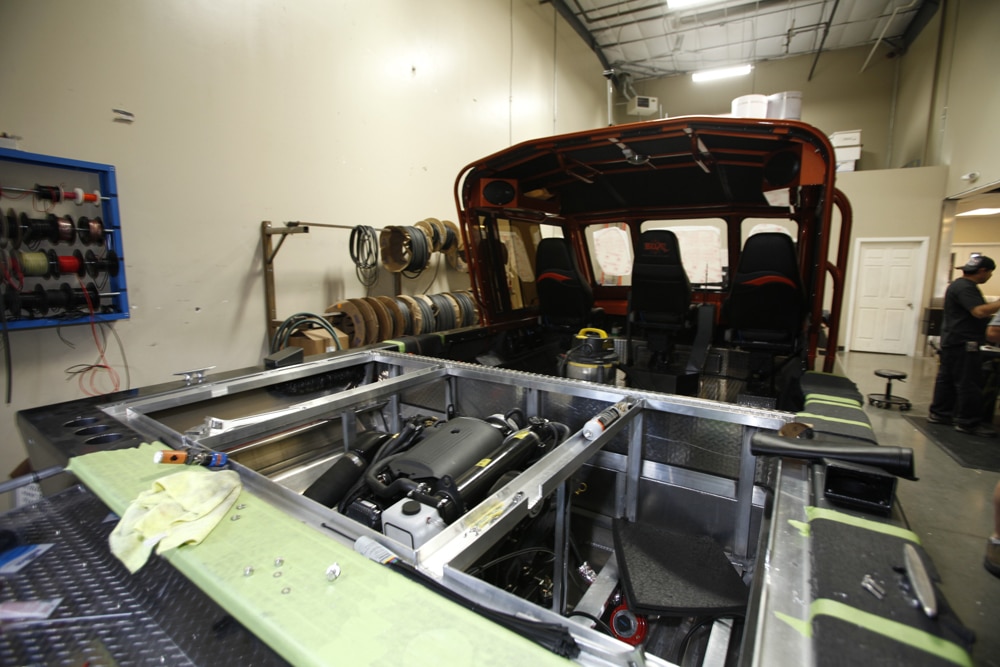
Whitewater Jet-Boating
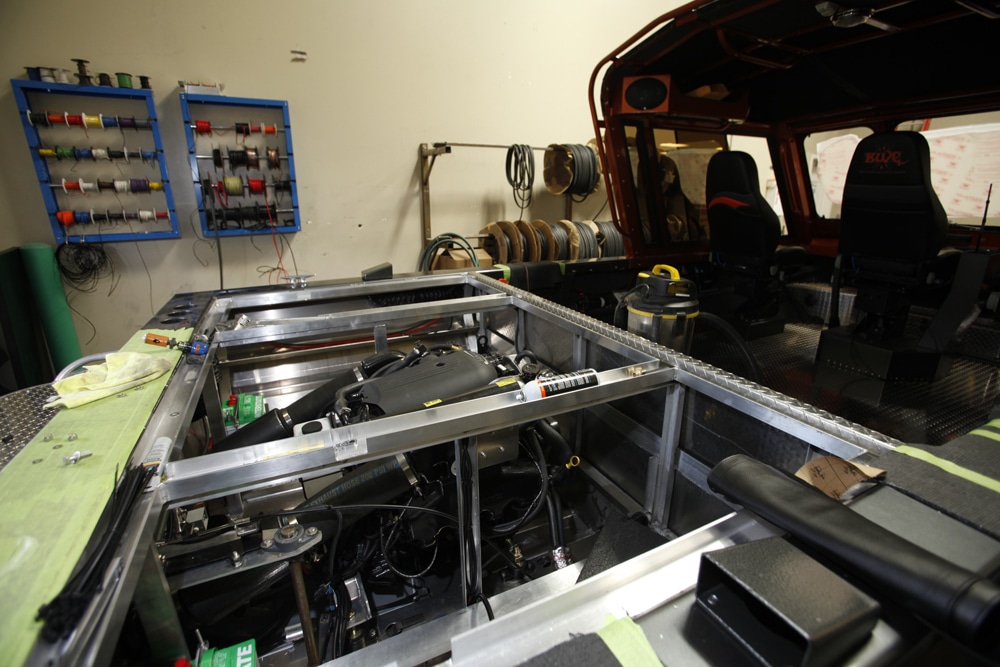
Whitewater Jet-Boating
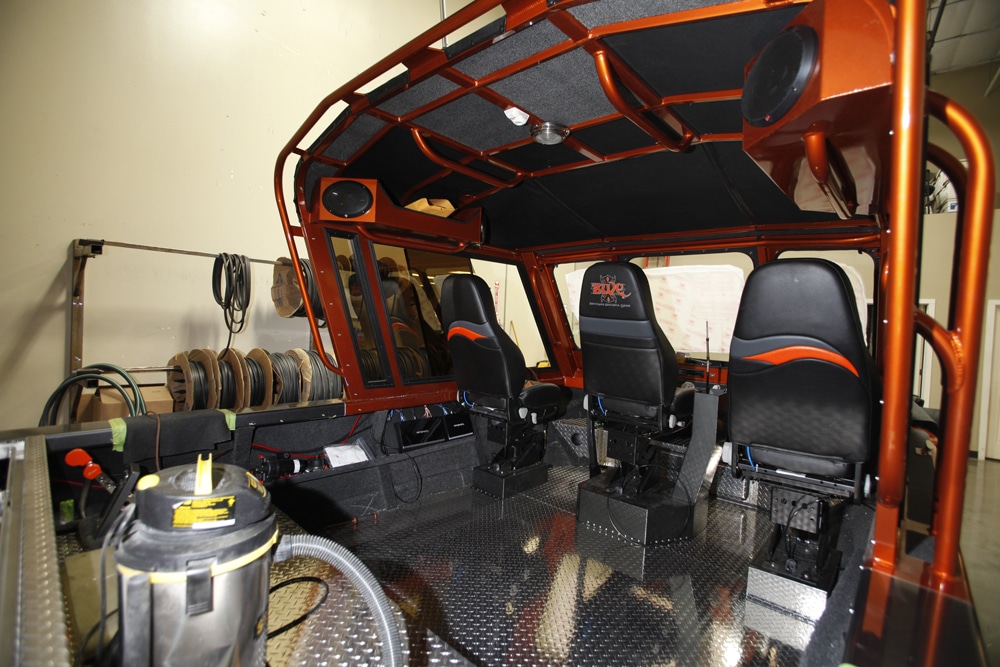
Whitewater Jet-Boating
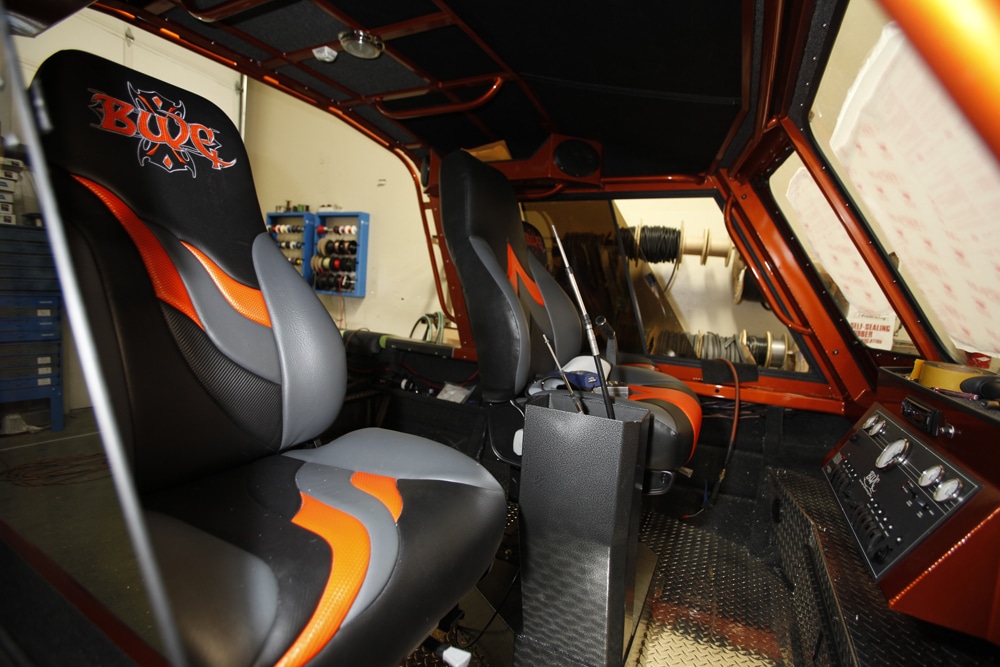
Whitewater Jet-Boating
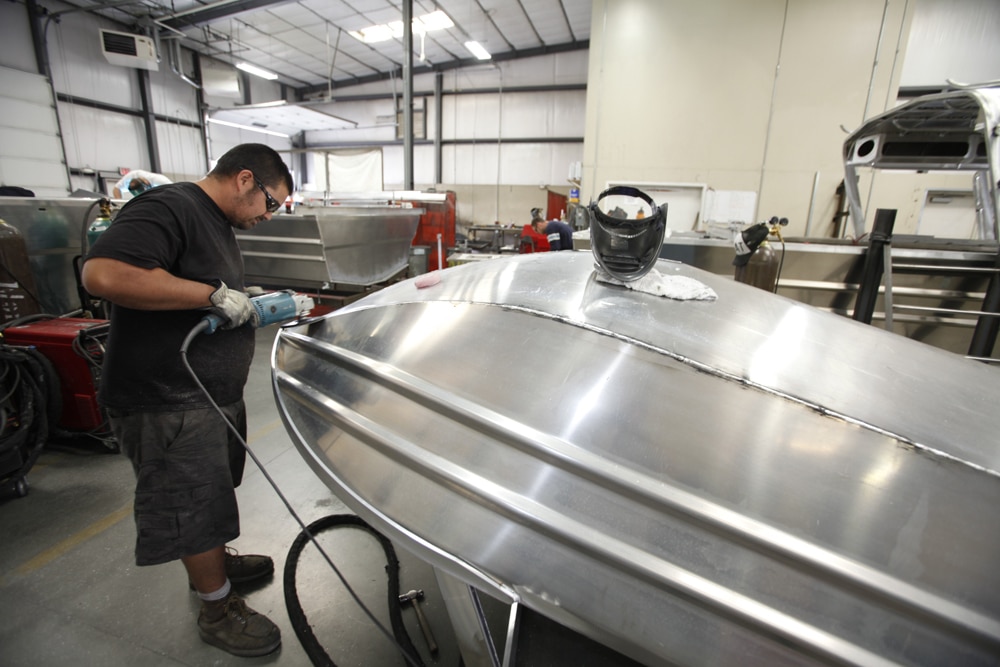
Whitewater Jet-Boating
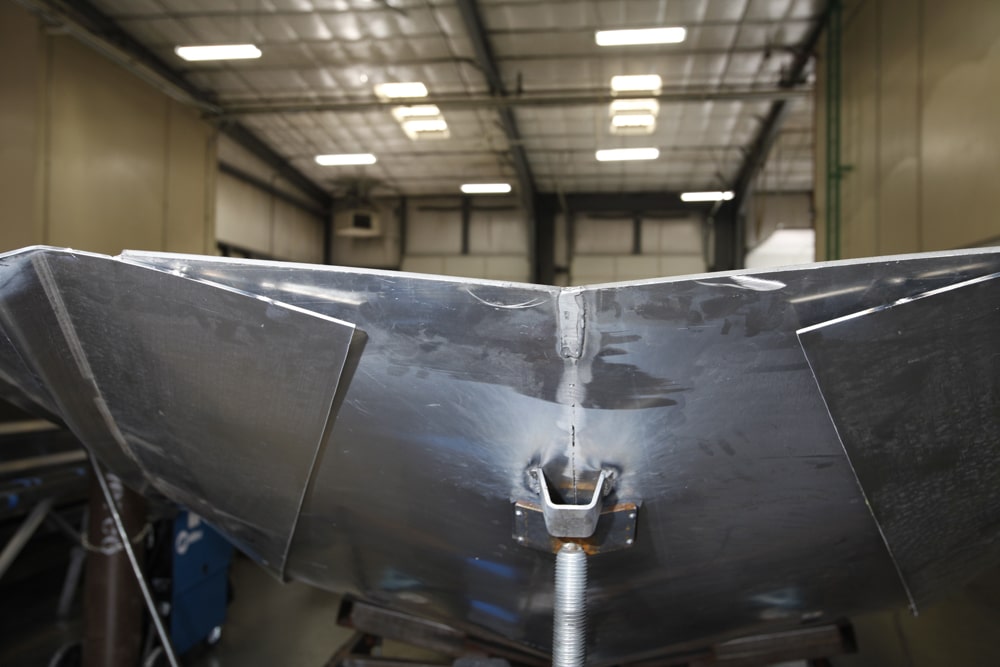
Whitewater Jet-Boating
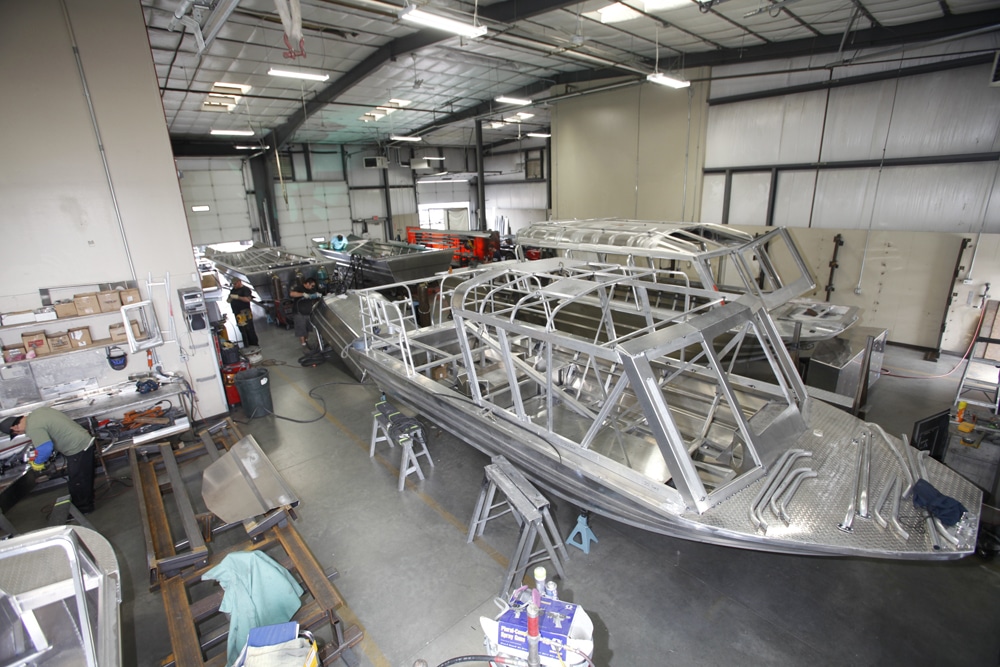
Whitewater Jet-Boating
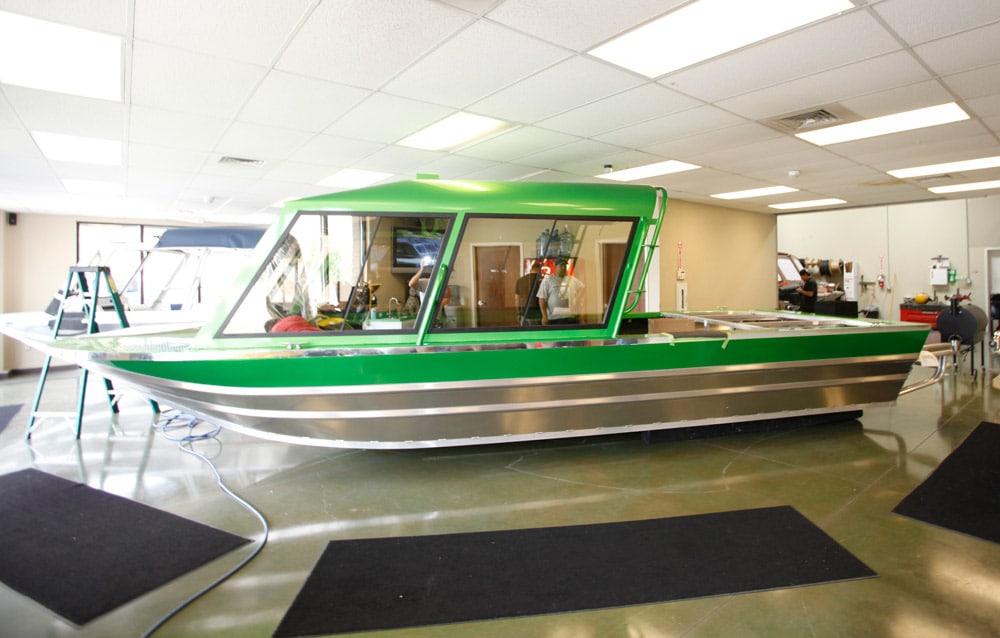
Whitewater Jet-Boating
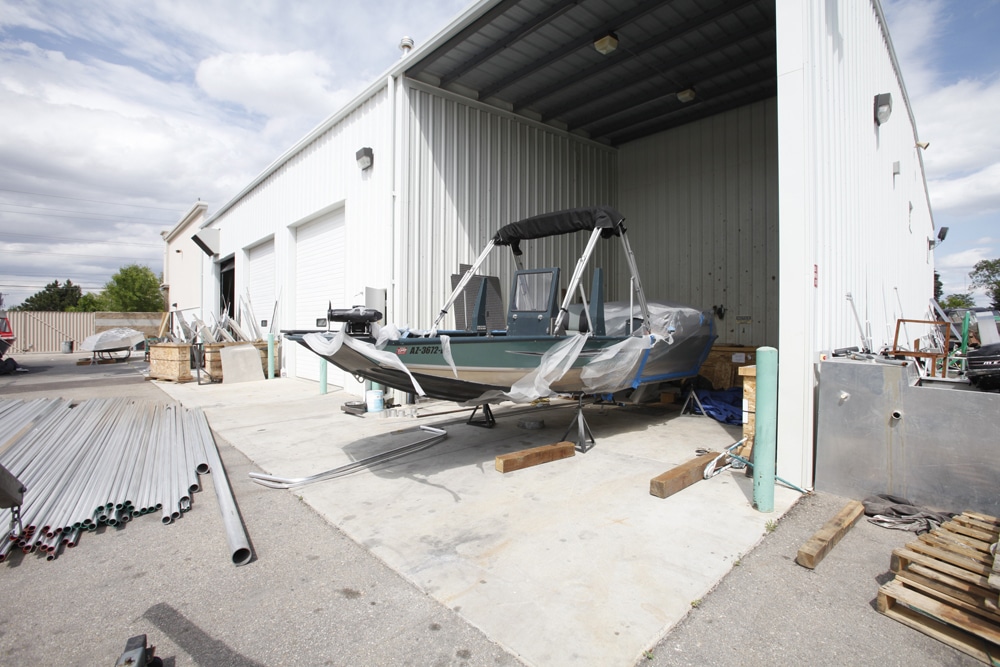
Whitewater Jet-Boating
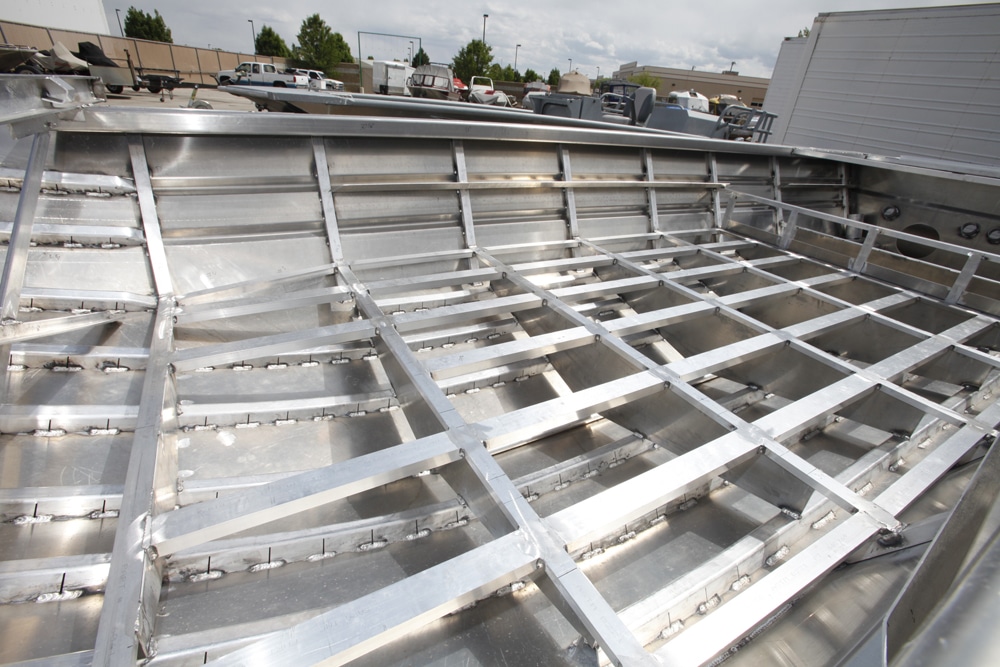
Whitewater Jet-Boating
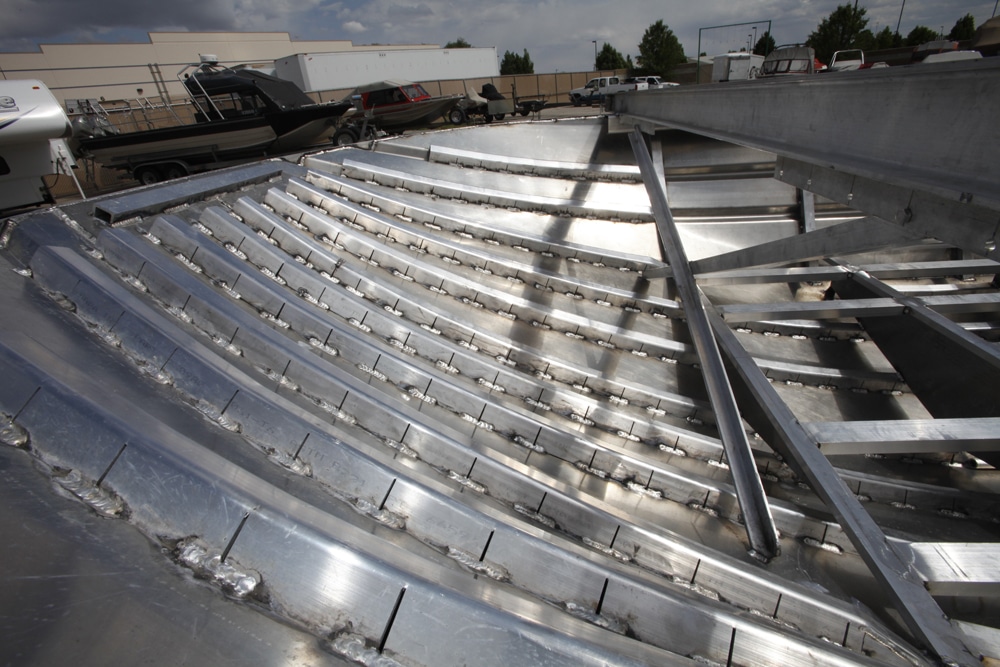
Whitewater Jet-Boating
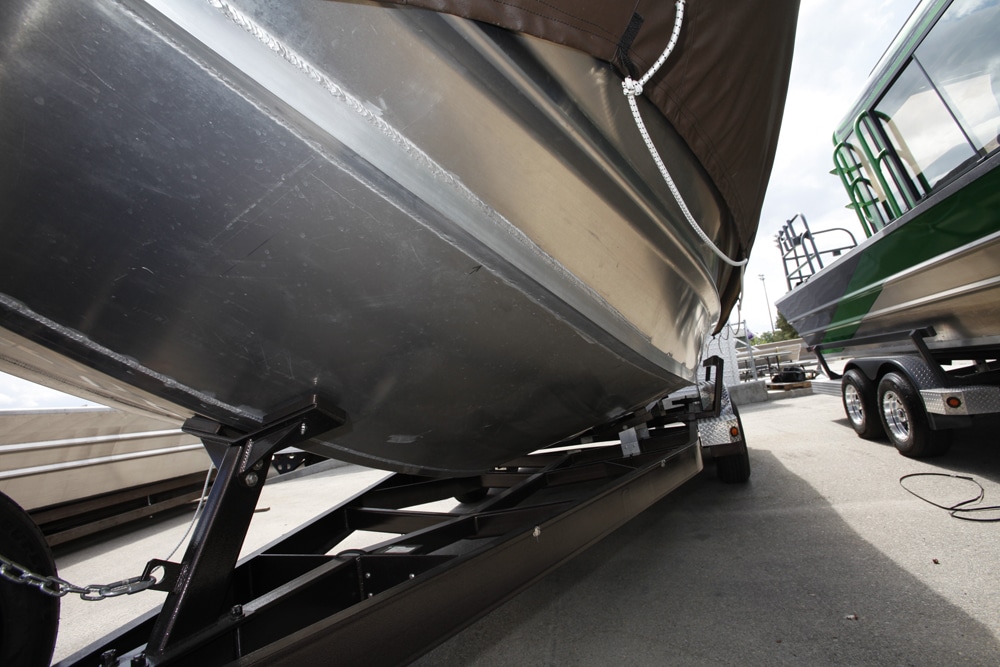
Whitewater Jet-Boating
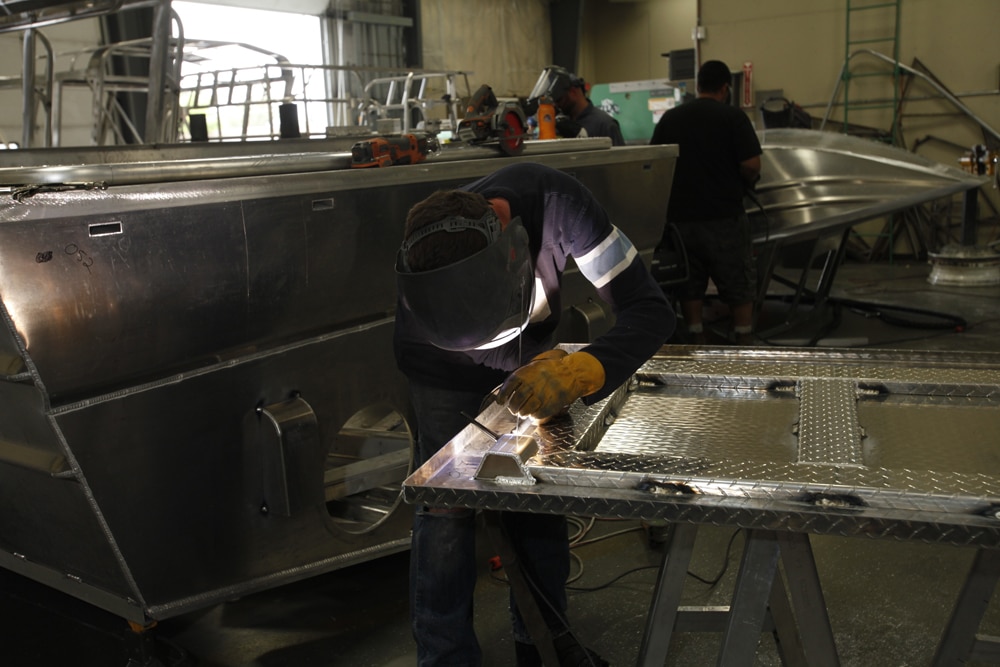
Whitewater Jet-Boating
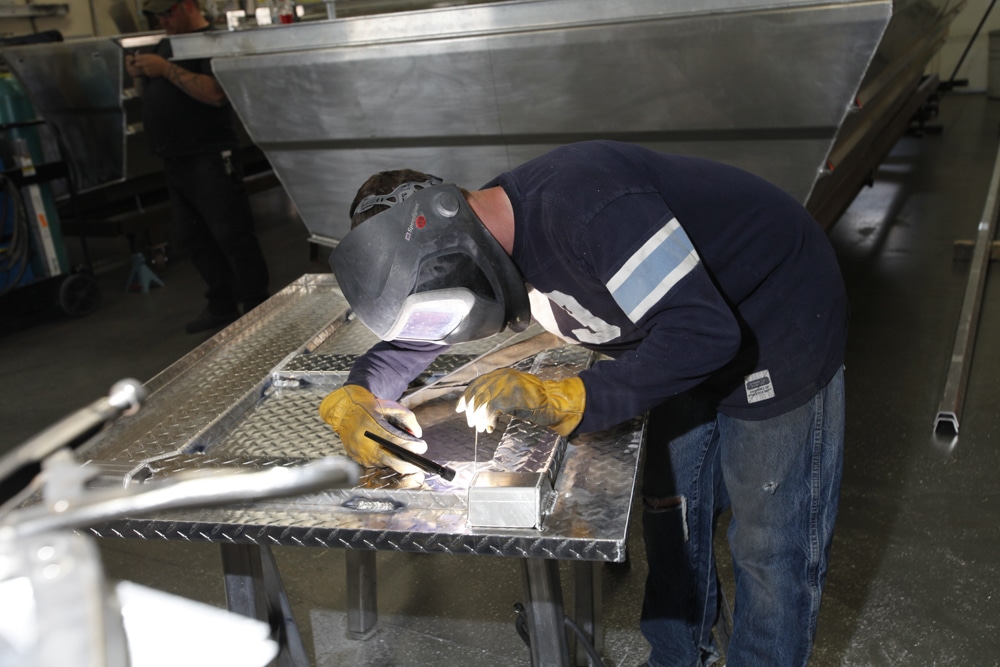
Whitewater Jet-Boating
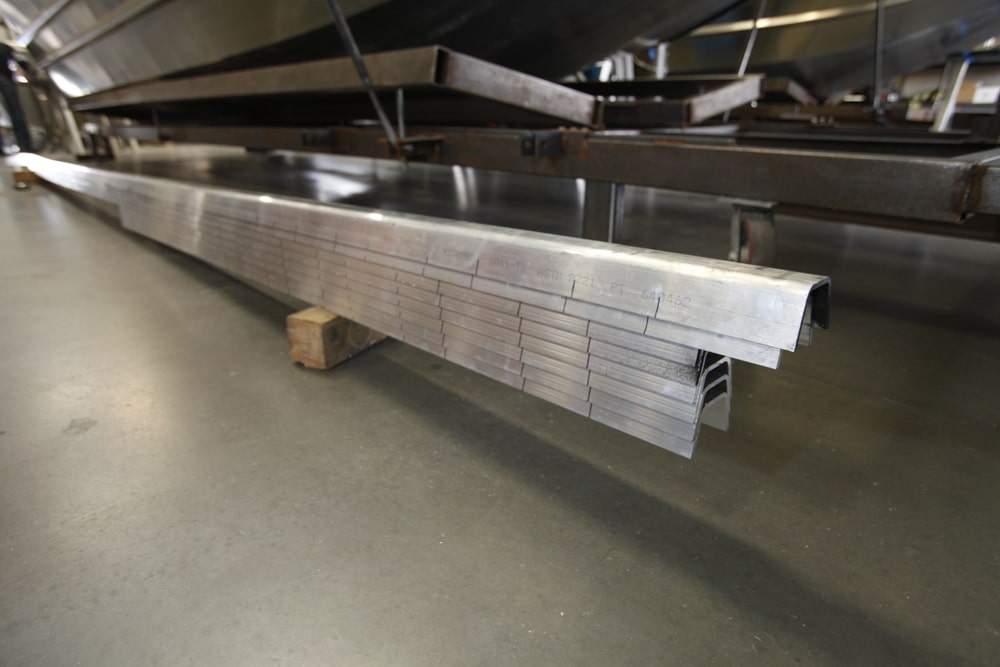
Whitewater Jet-Boating
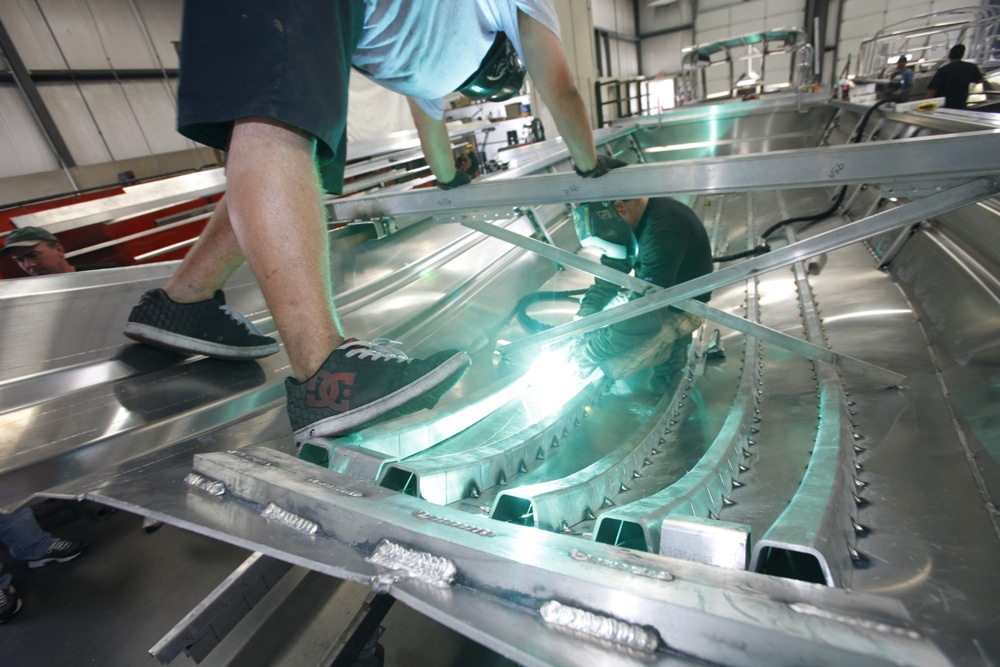
Whitewater Jet-Boating
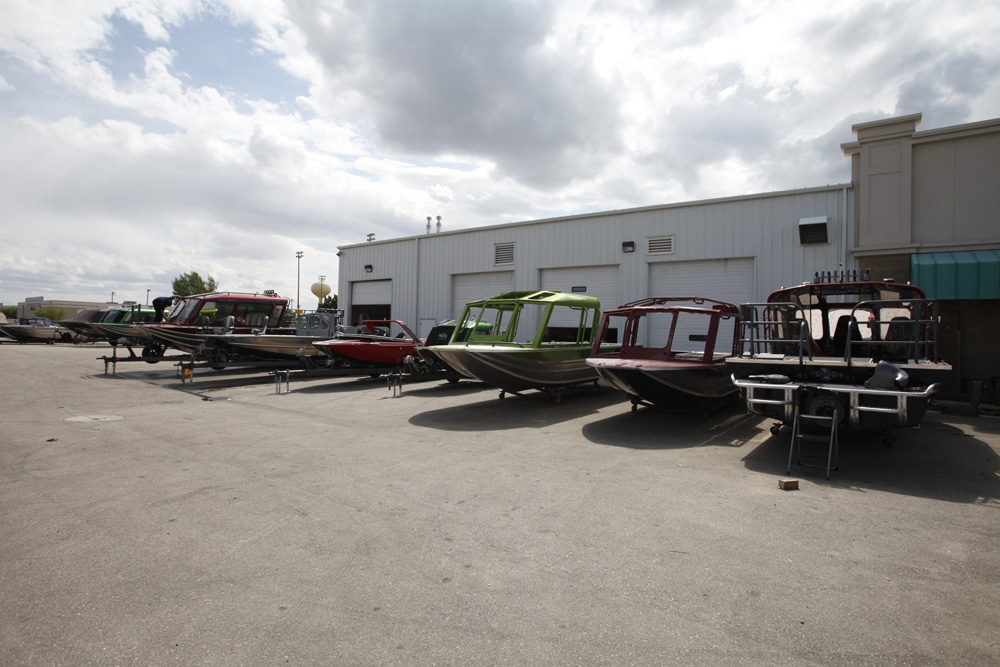
Whitewater Jet-Boating
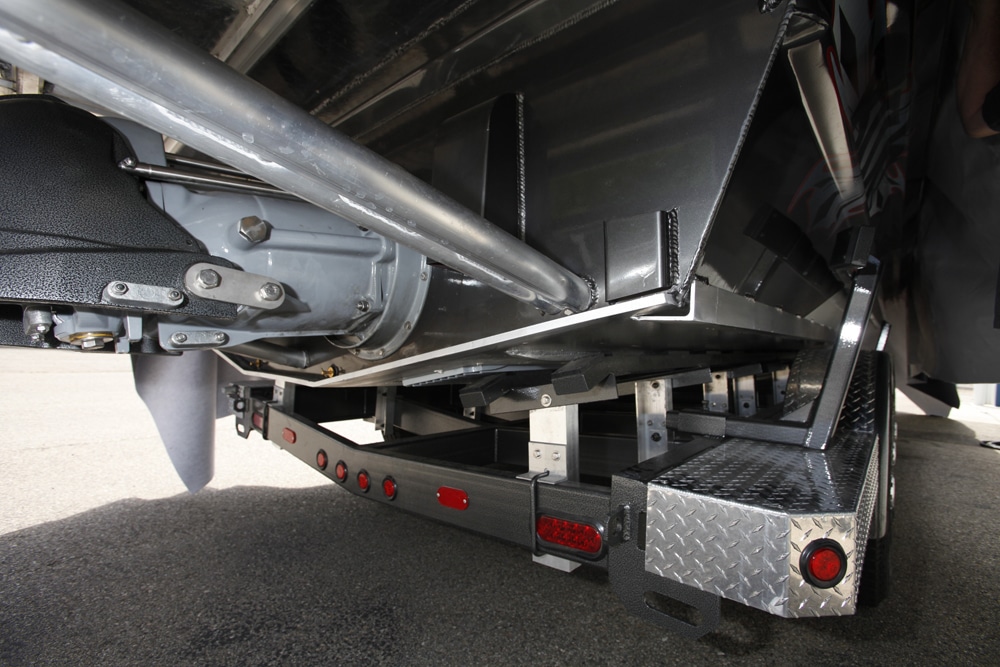
Whitewater Jet-Boating
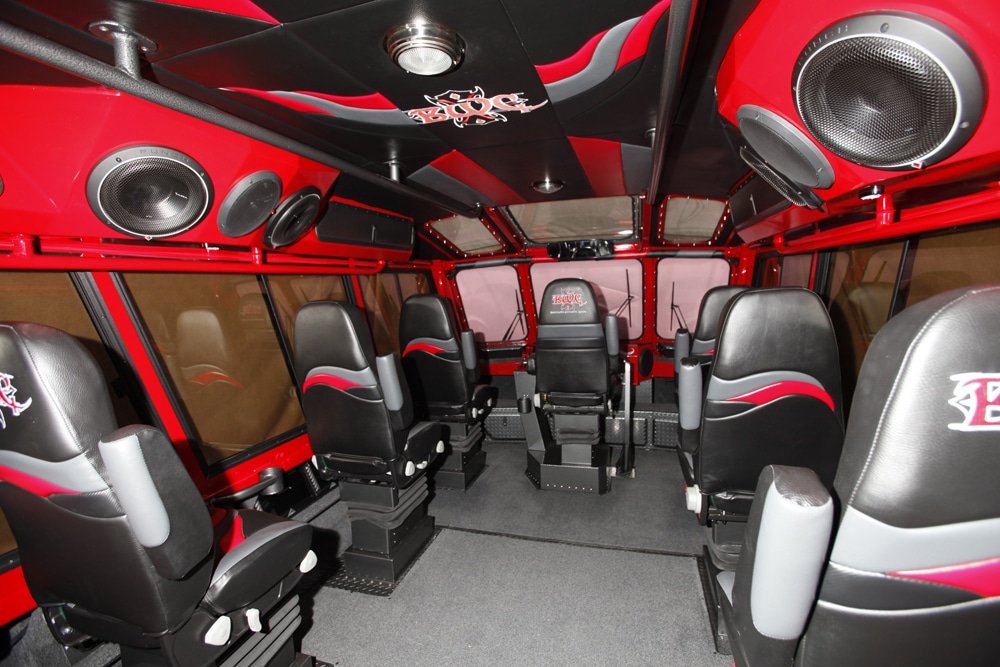
Whitewater Jet-Boating
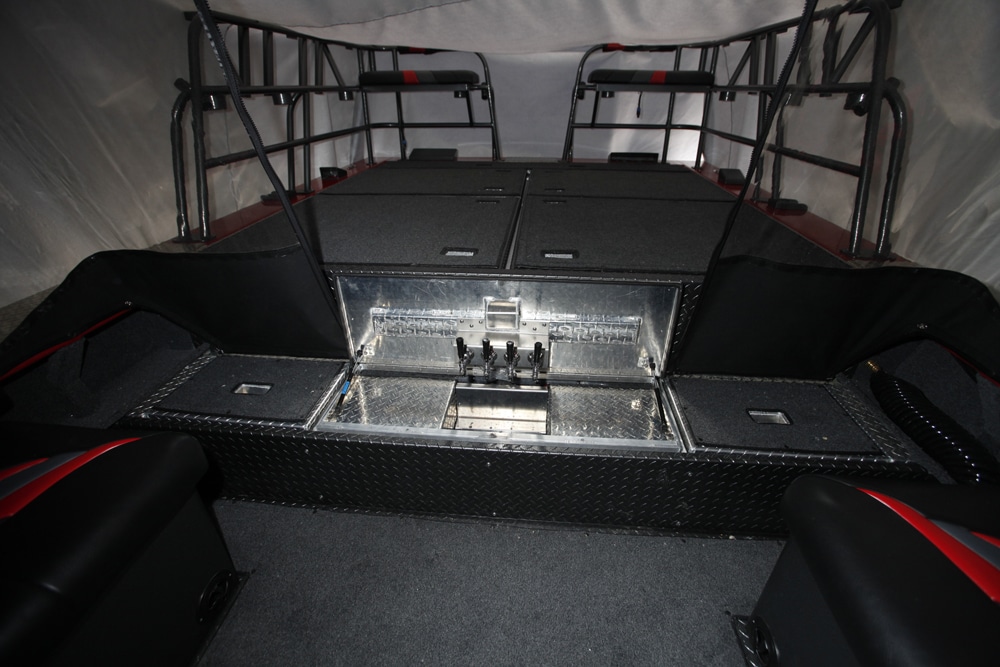
Whitewater Jet-Boating
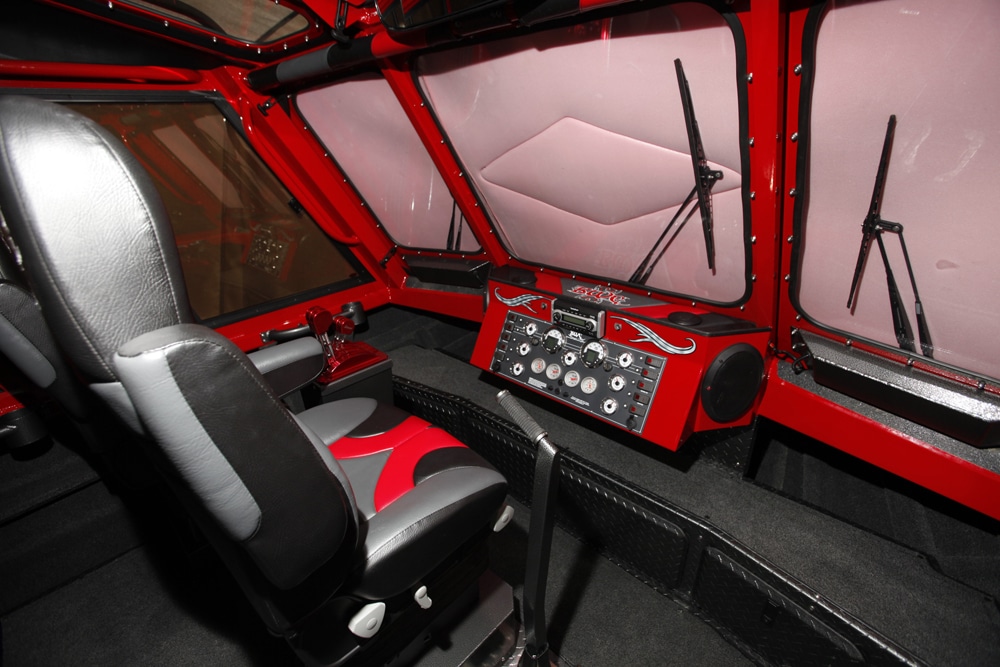
Whitewater Jet-Boating
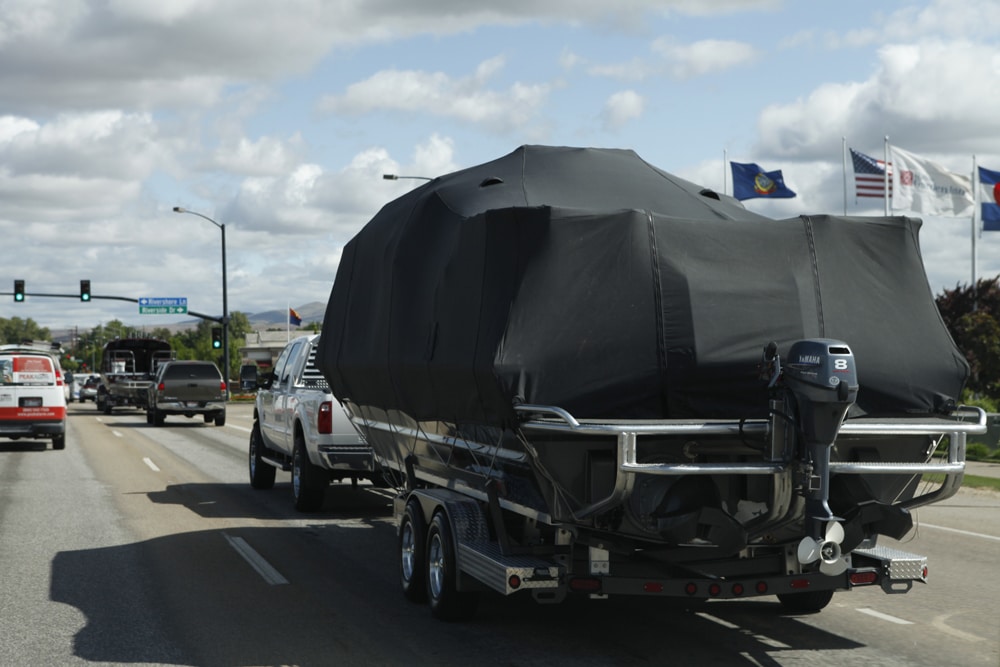
Whitewater Jet-Boating
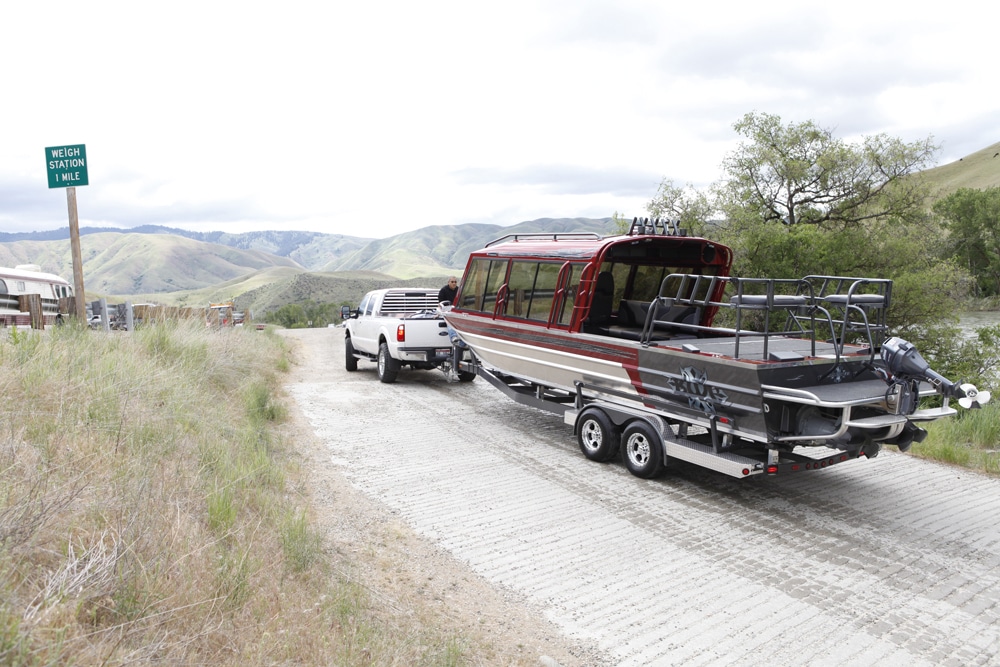
Whitewater Jet-Boating
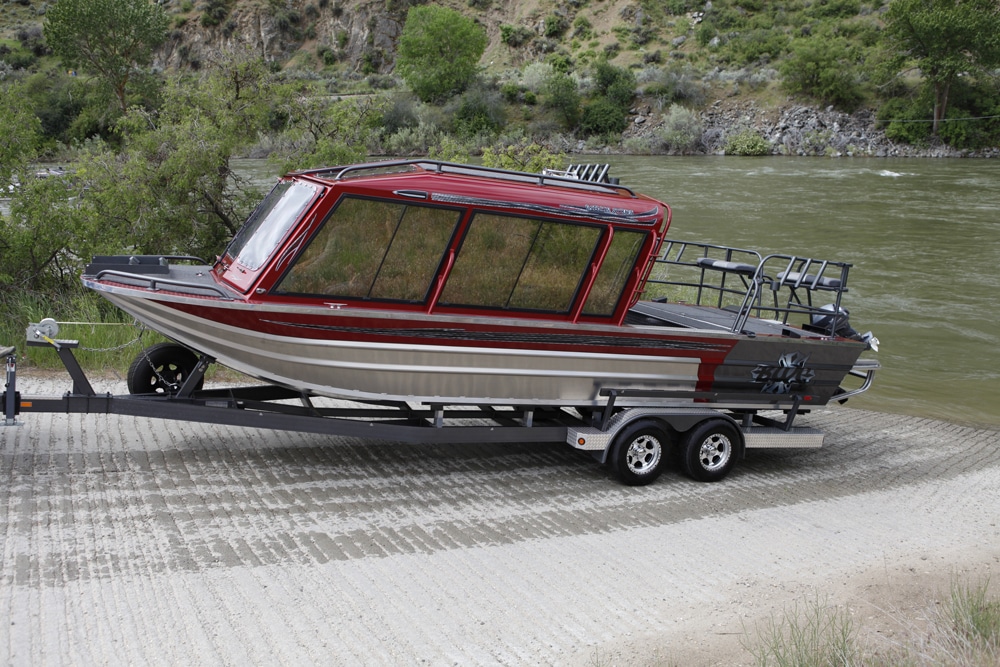
Whitewater Jet-Boating
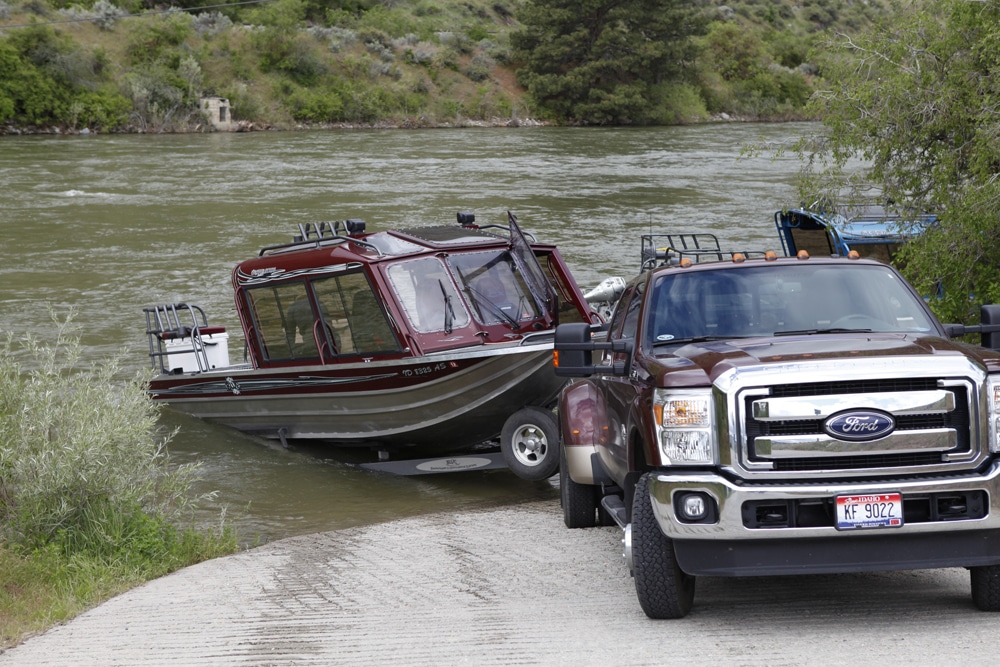
Whitewater Jet-Boating
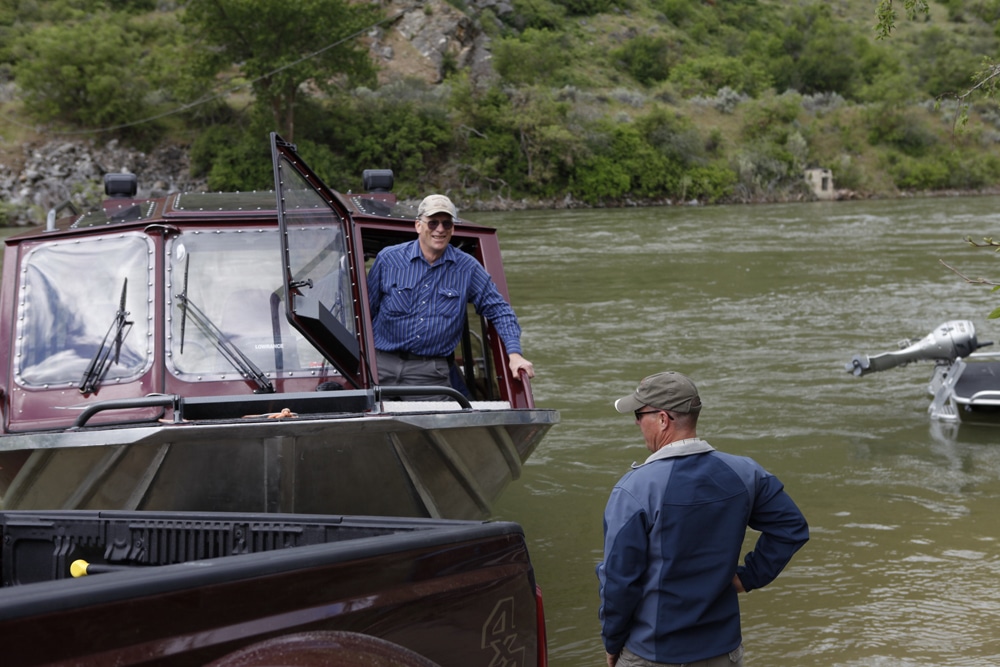
Whitewater Jet-Boating
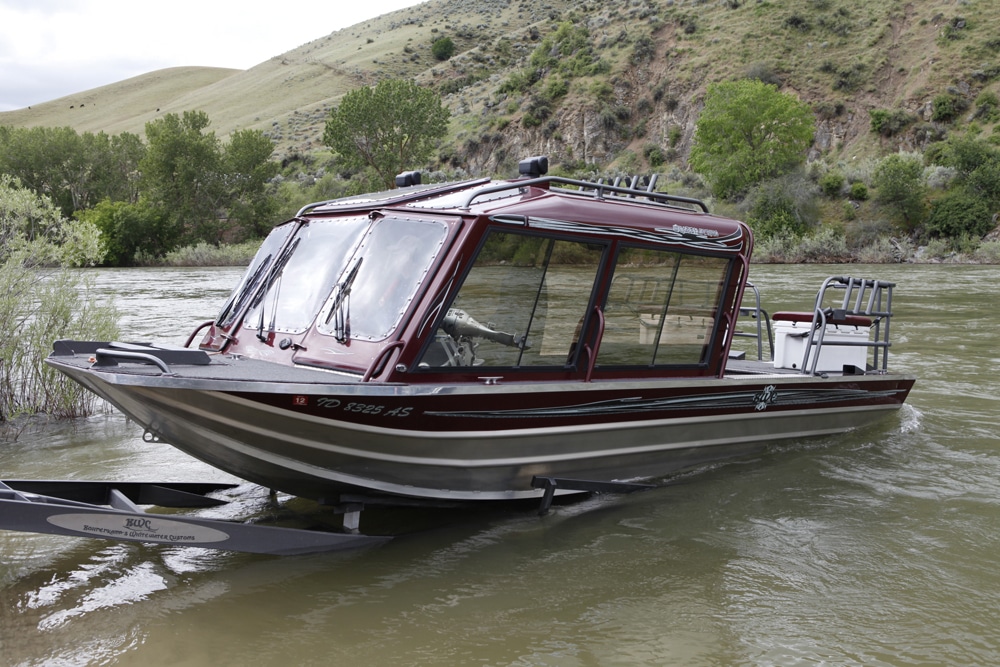
Whitewater Jet-Boating
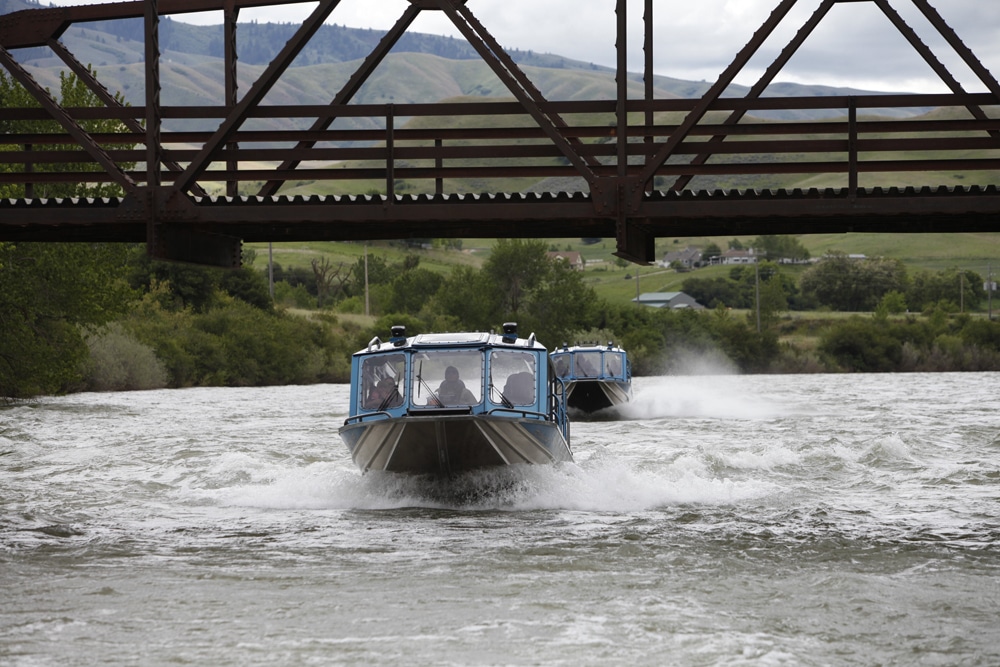
Whitewater Jet-Boating
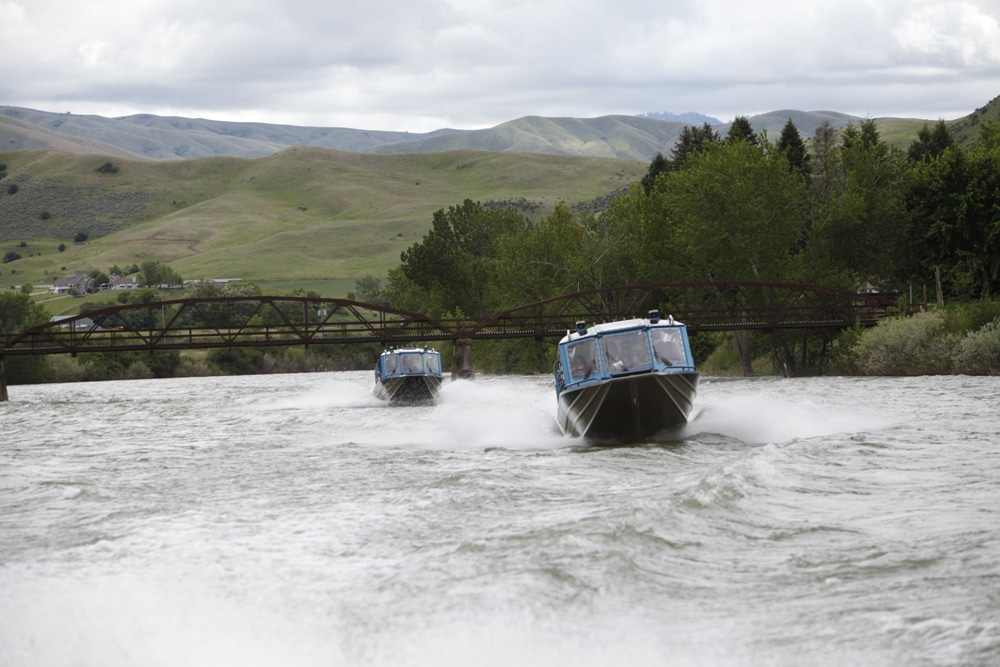
Whitewater Jet-Boating
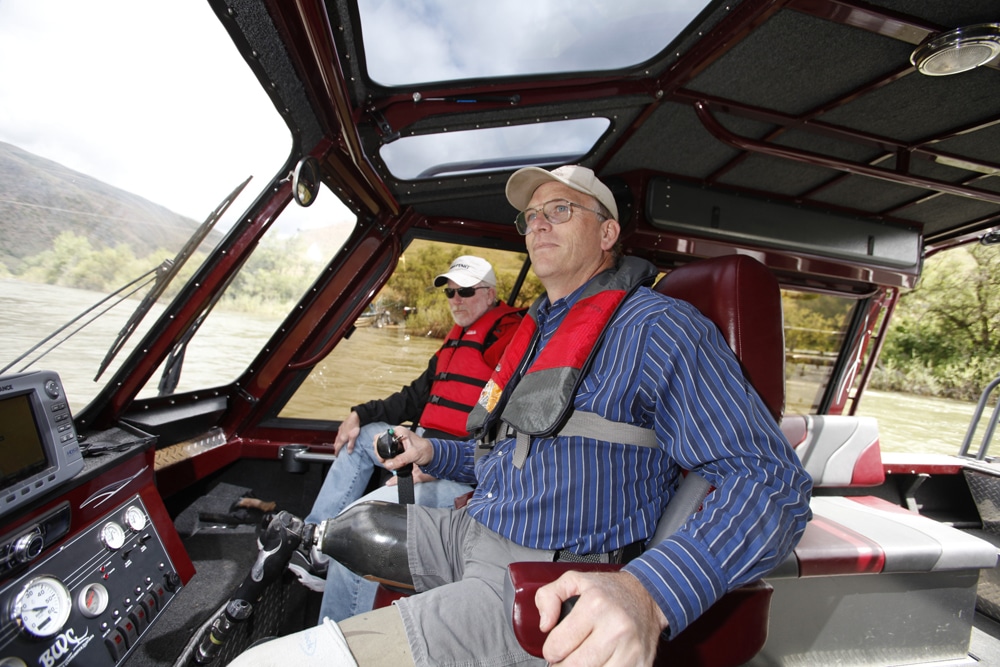
Whitewater Jet-Boating
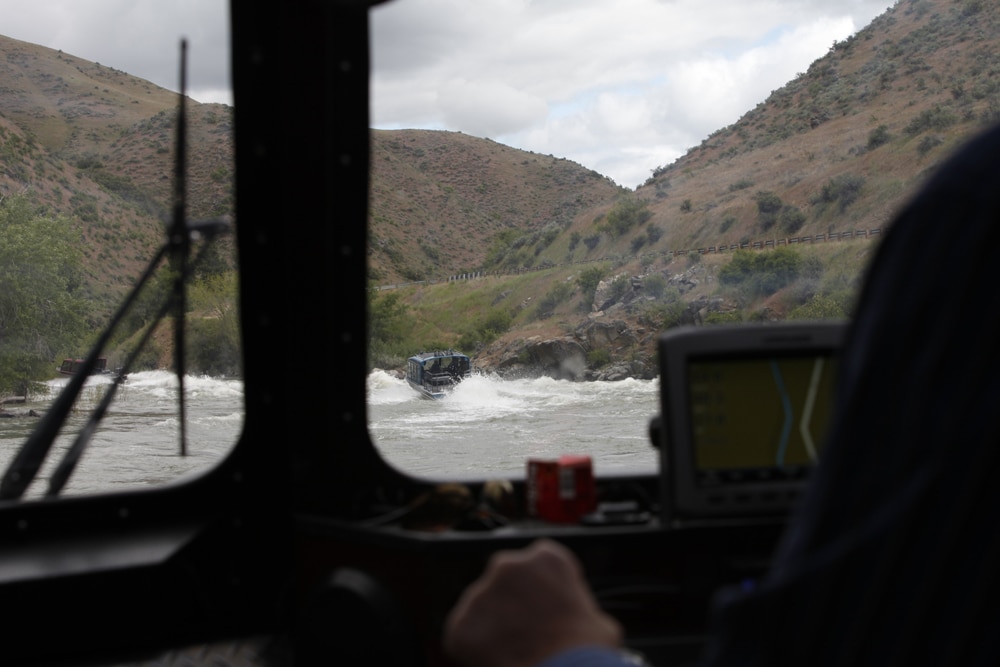
Whitewater Jet-Boating
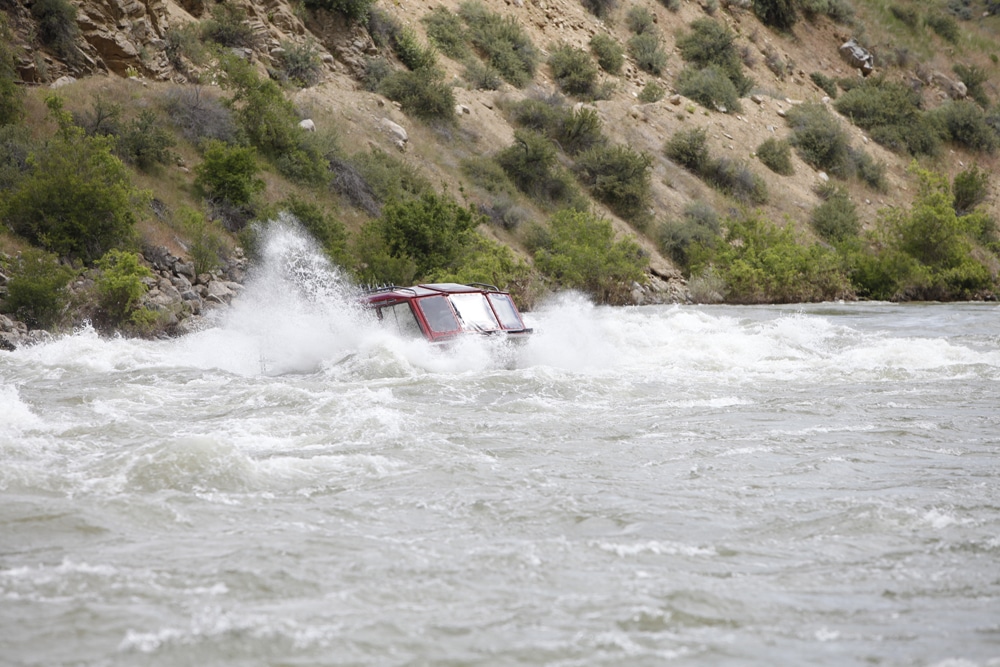
Whitewater Jet-Boating
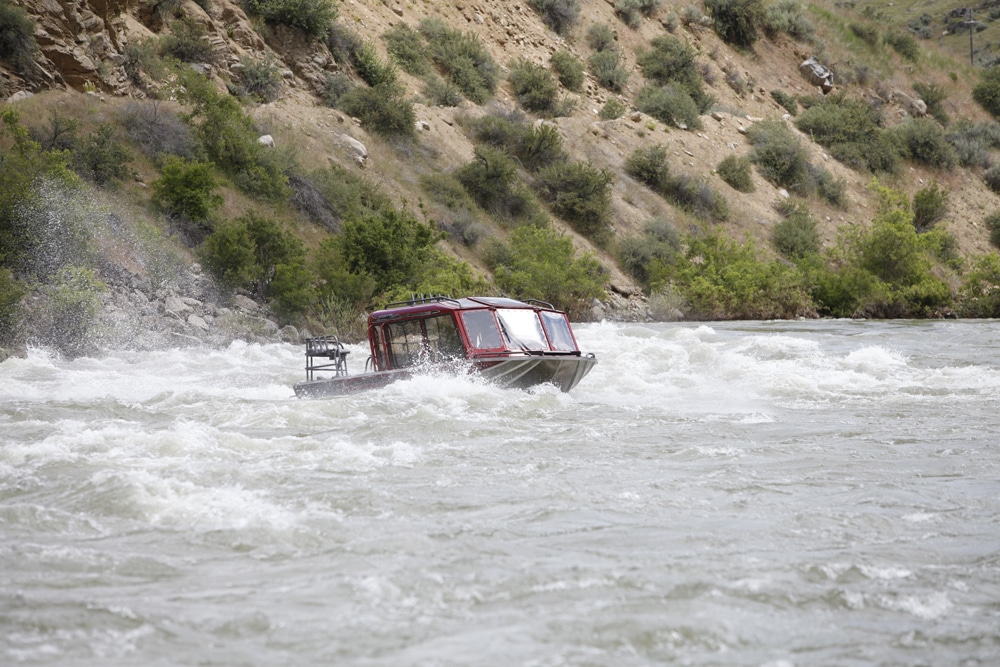
Whitewater Jet-Boating
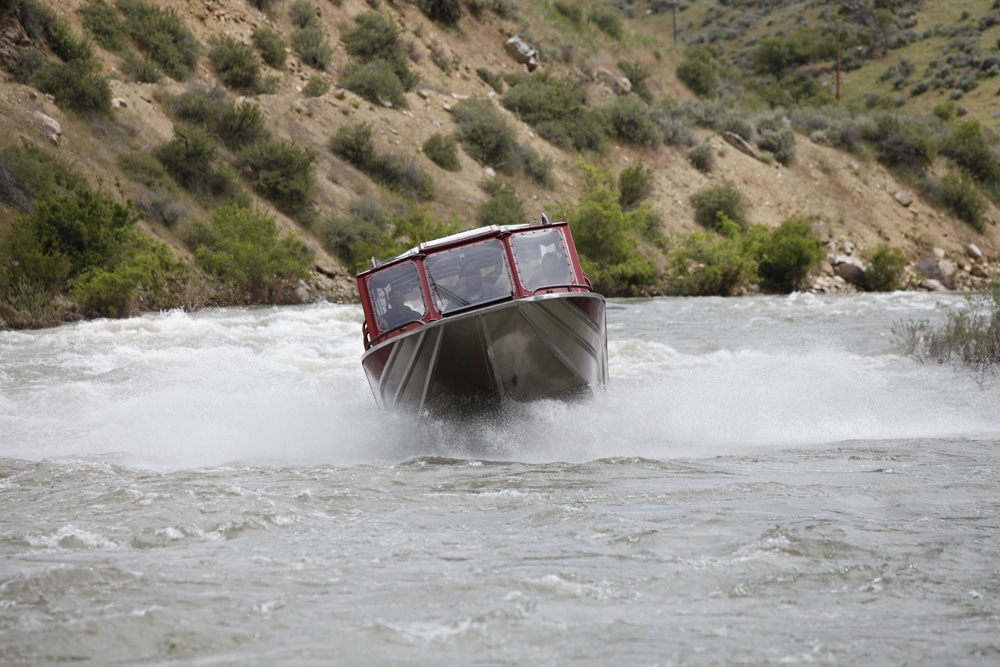
Whitewater Jet-Boating
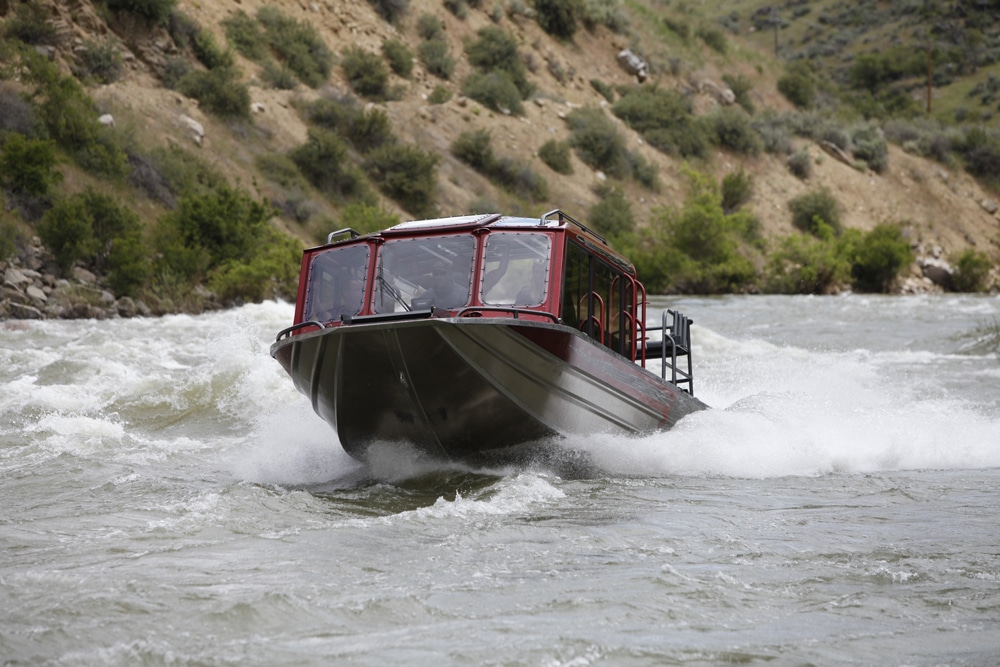
Whitewater Jet-Boating
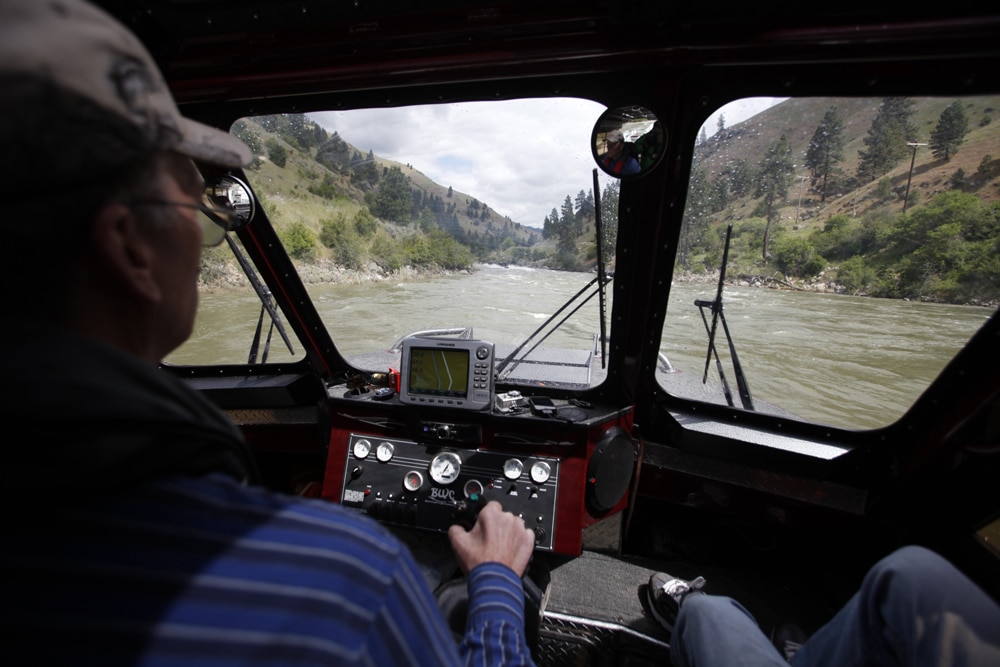
Whitewater Jet-Boating
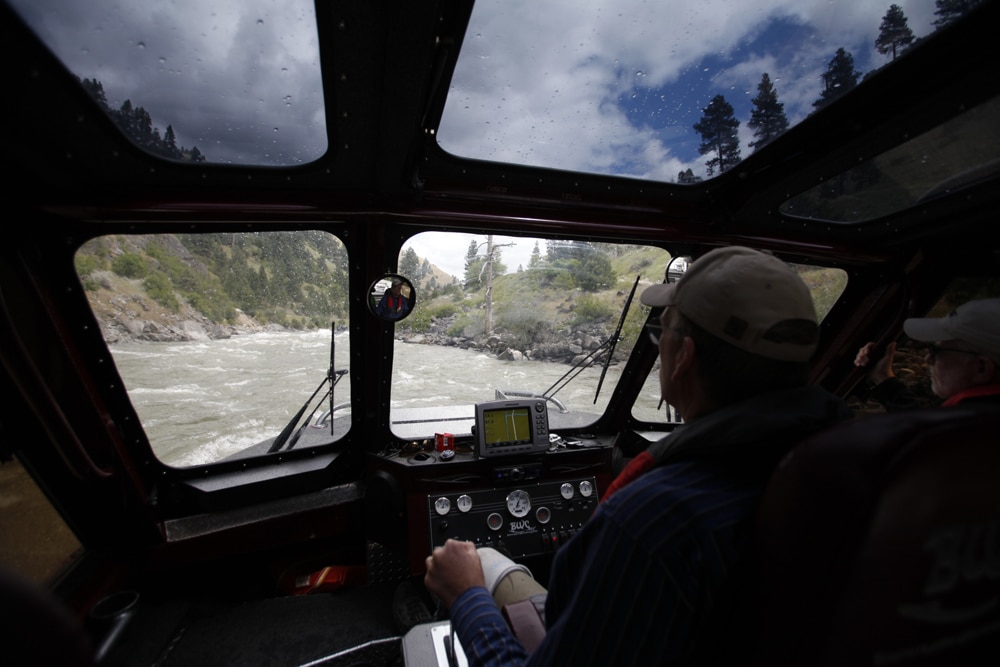
Whitewater Jet-Boating
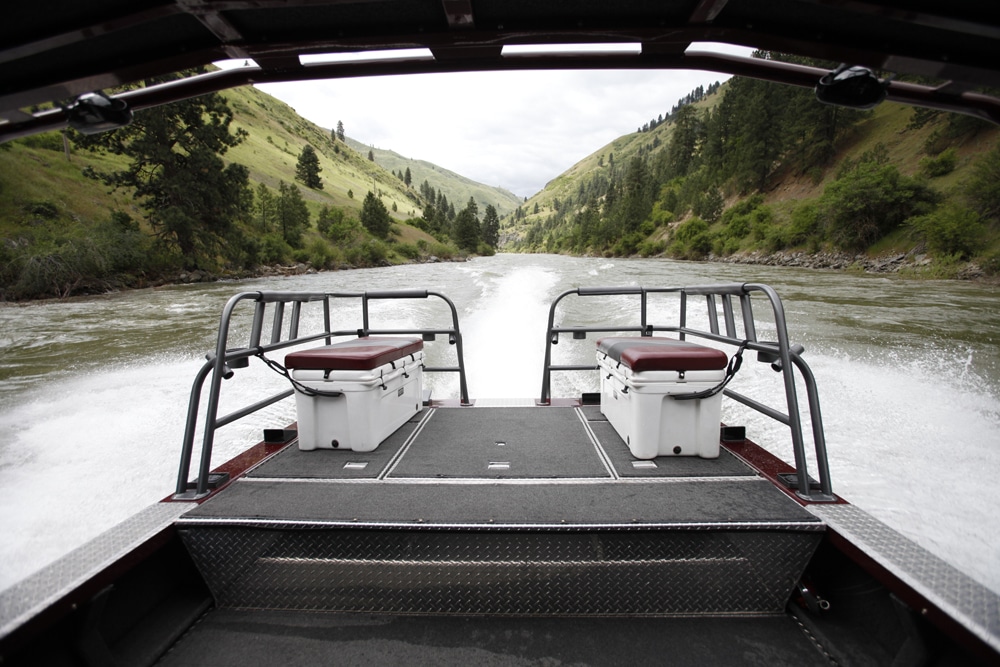
Whitewater Jet-Boating
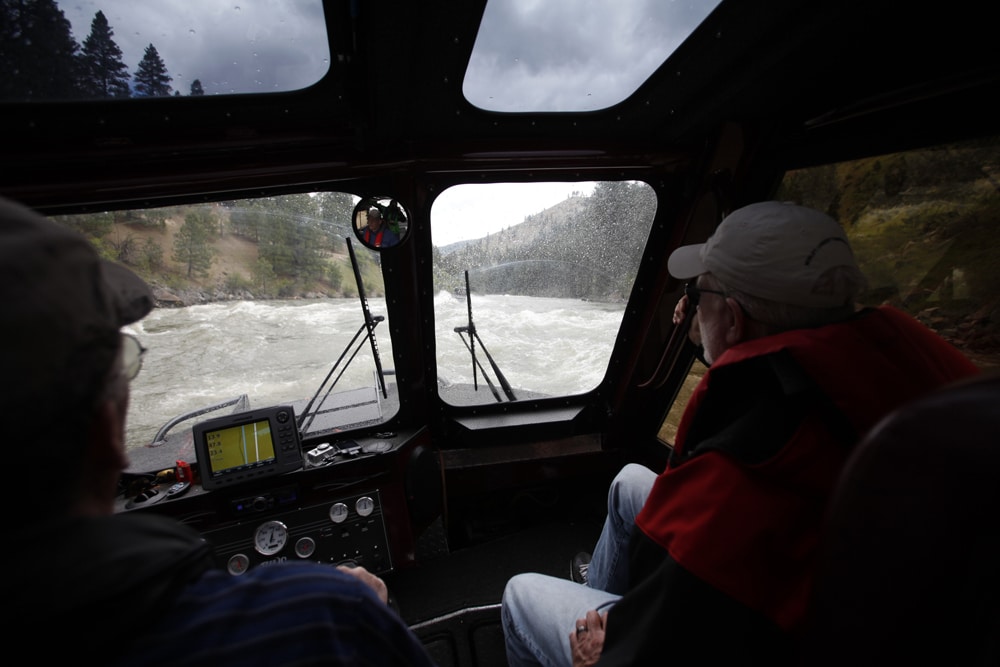
Whitewater Jet-Boating
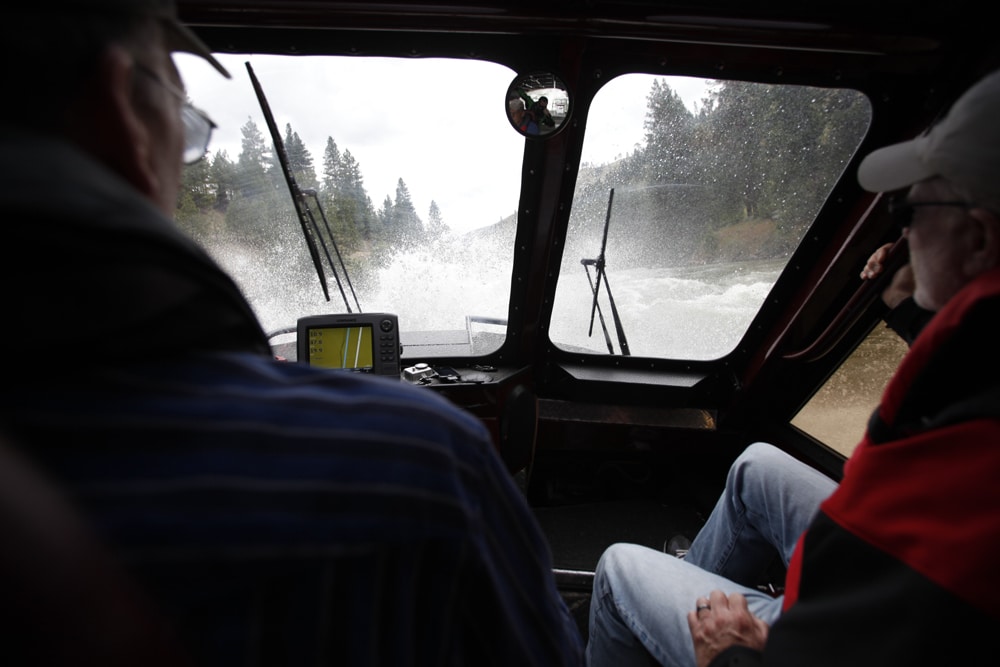
Whitewater Jet-Boating
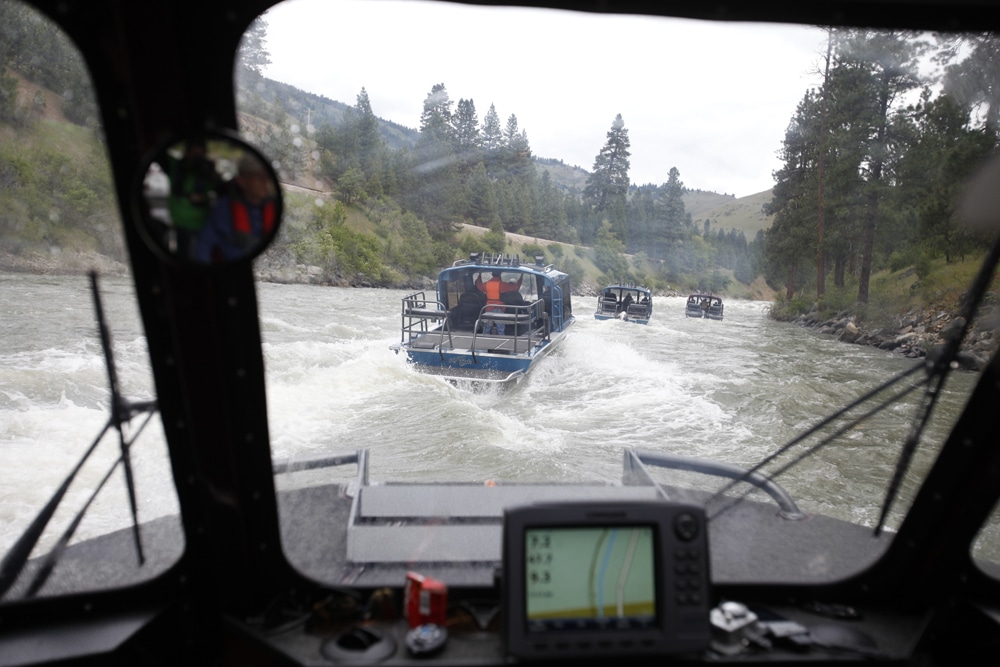
Whitewater Jet-Boating
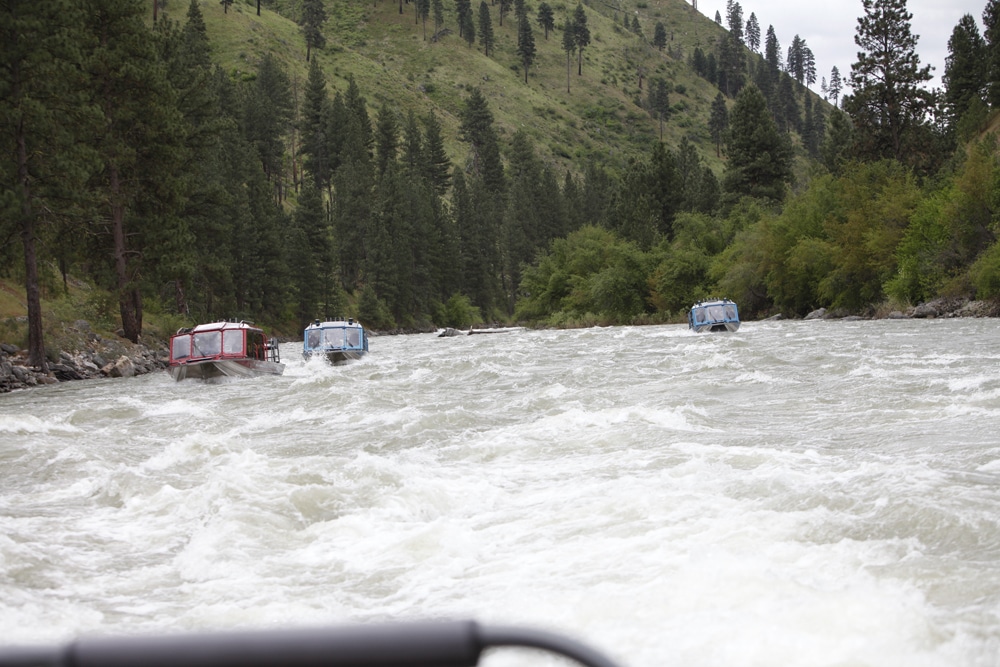
Whitewater Jet-Boating
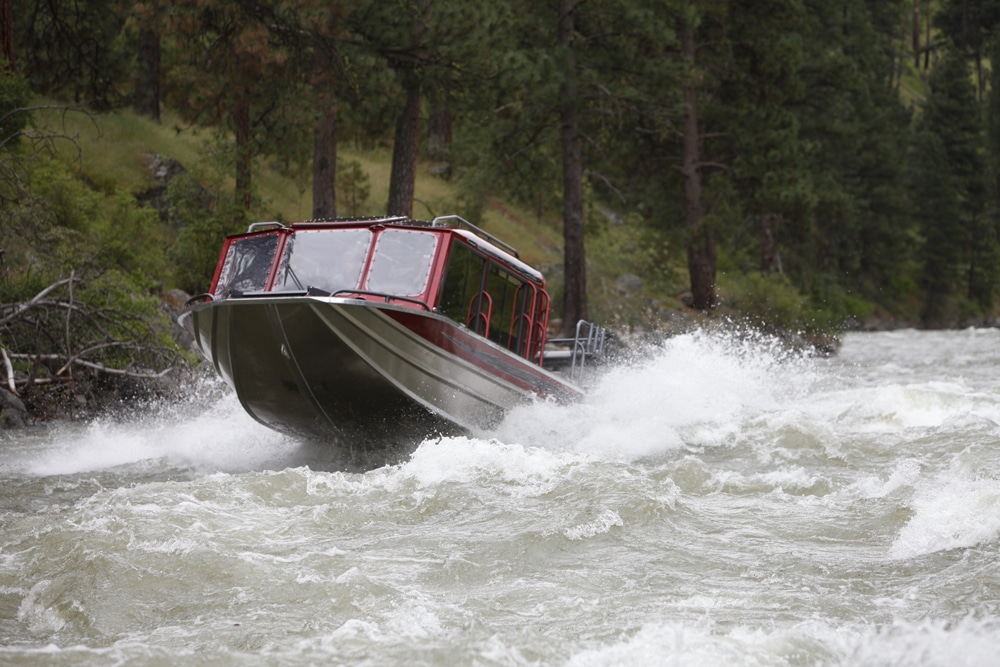
Whitewater Jet-Boating
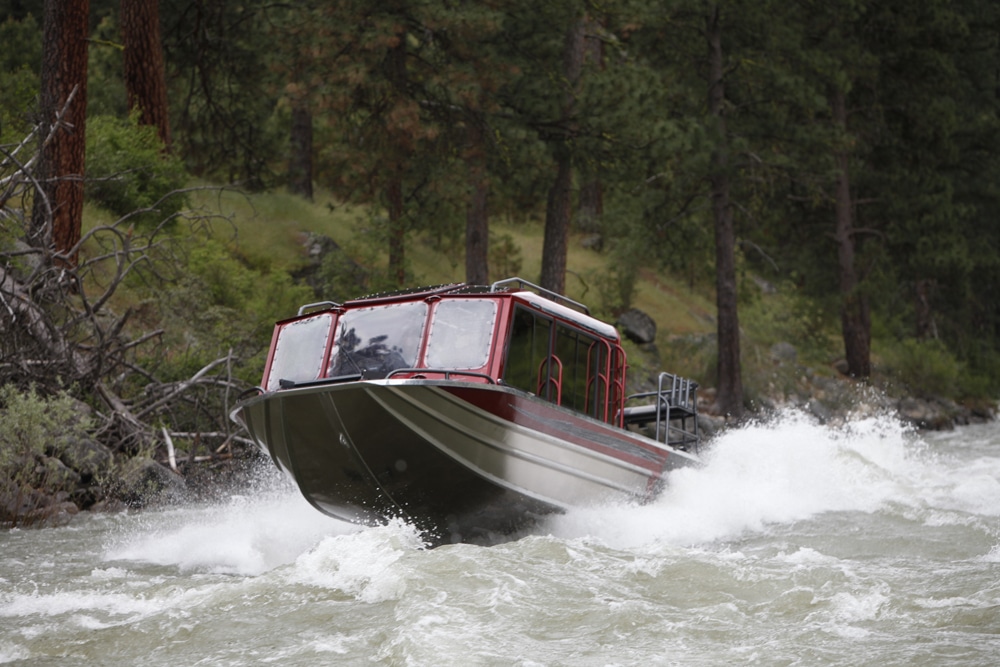
Whitewater Jet-Boating
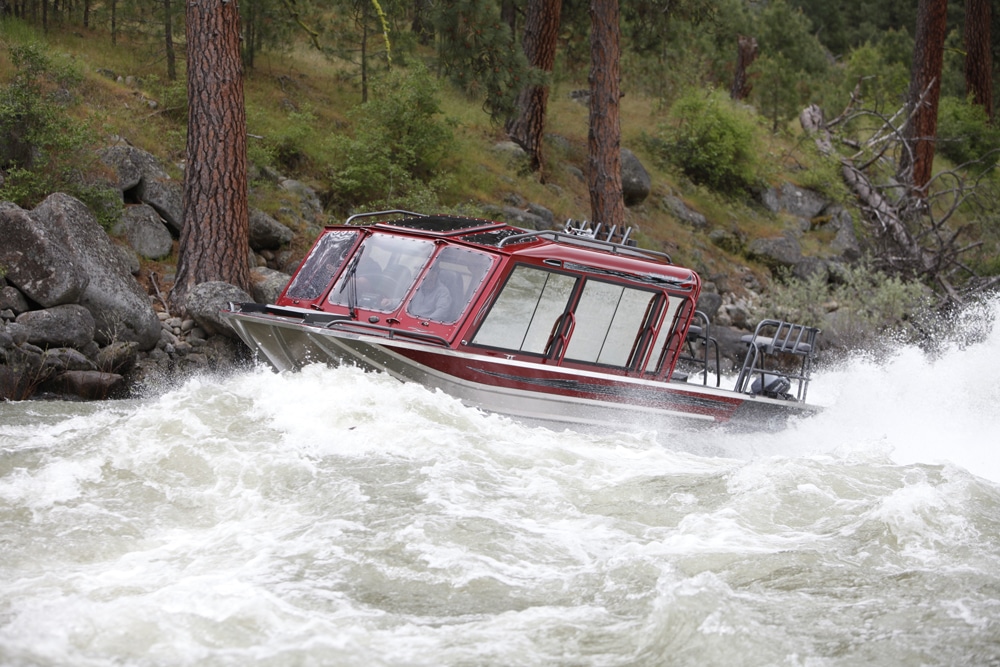
Whitewater Jet-Boating
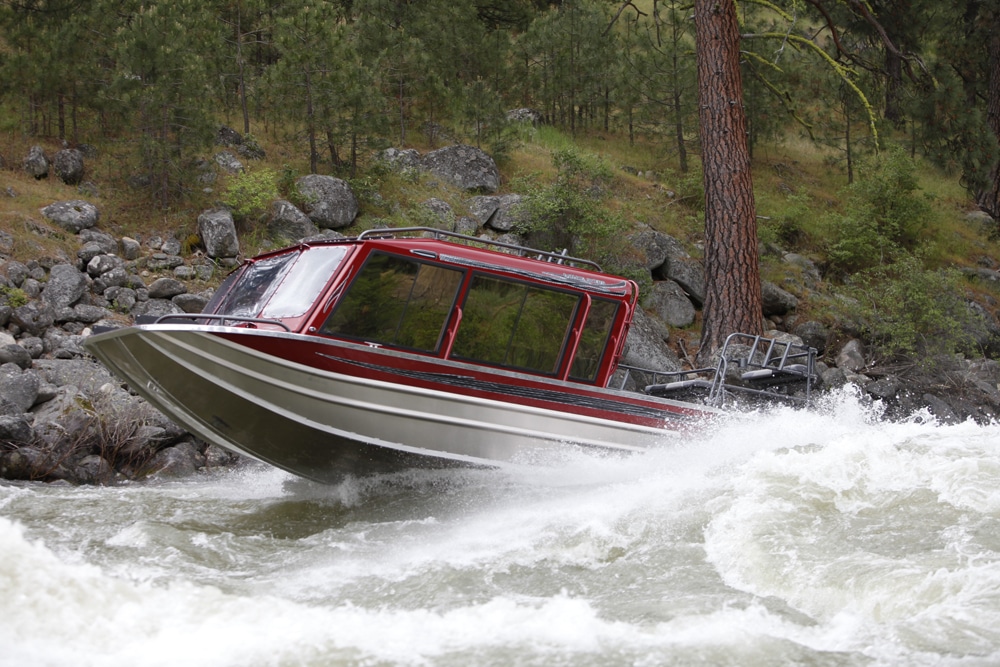
Whitewater Jet-Boating
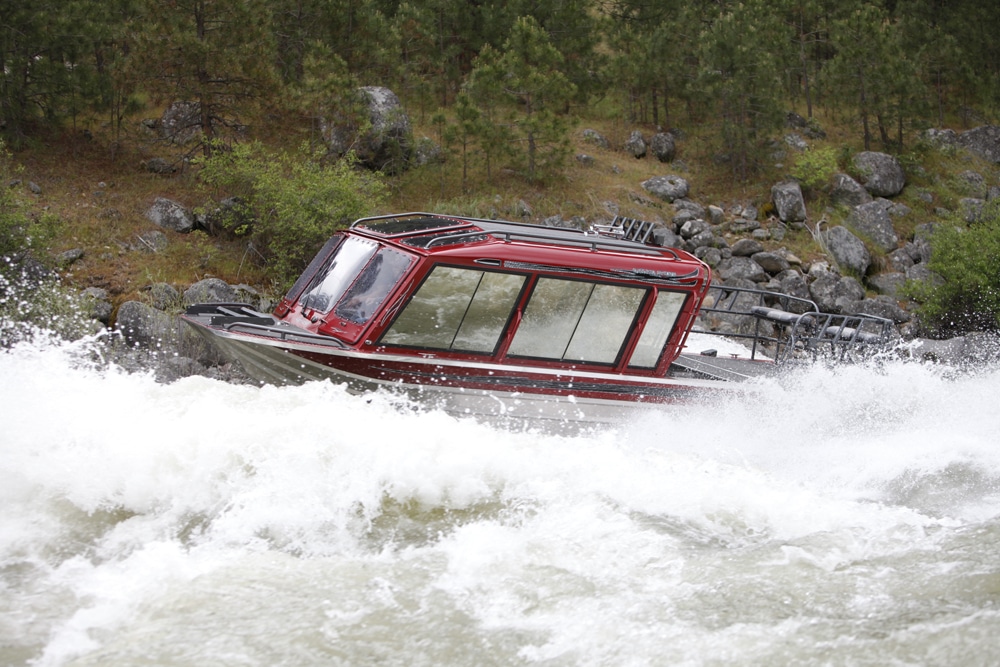
Whitewater Jet-Boating
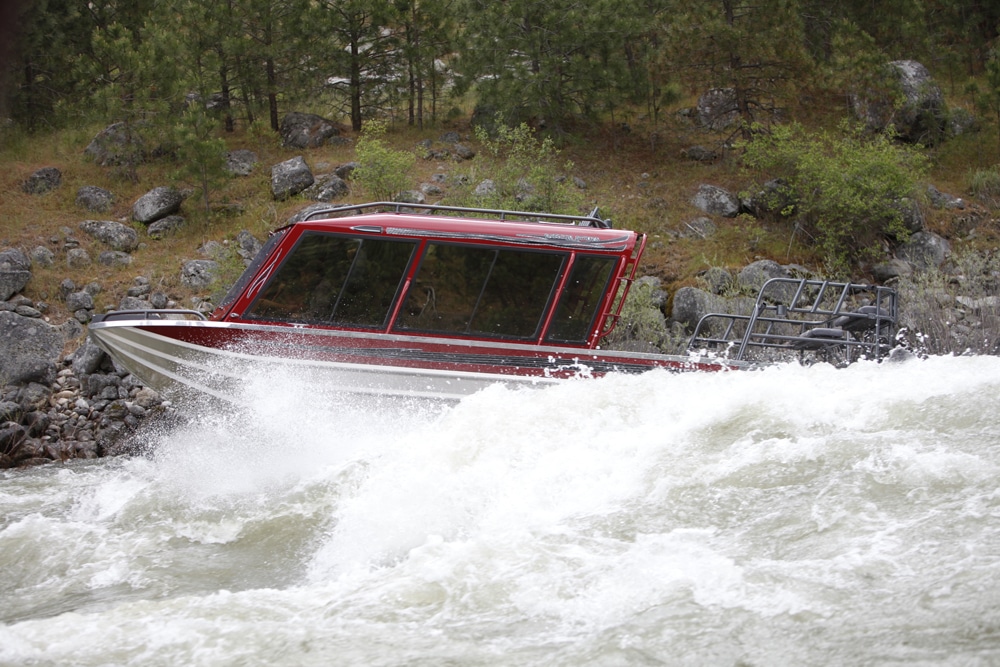
Whitewater Jet-Boating
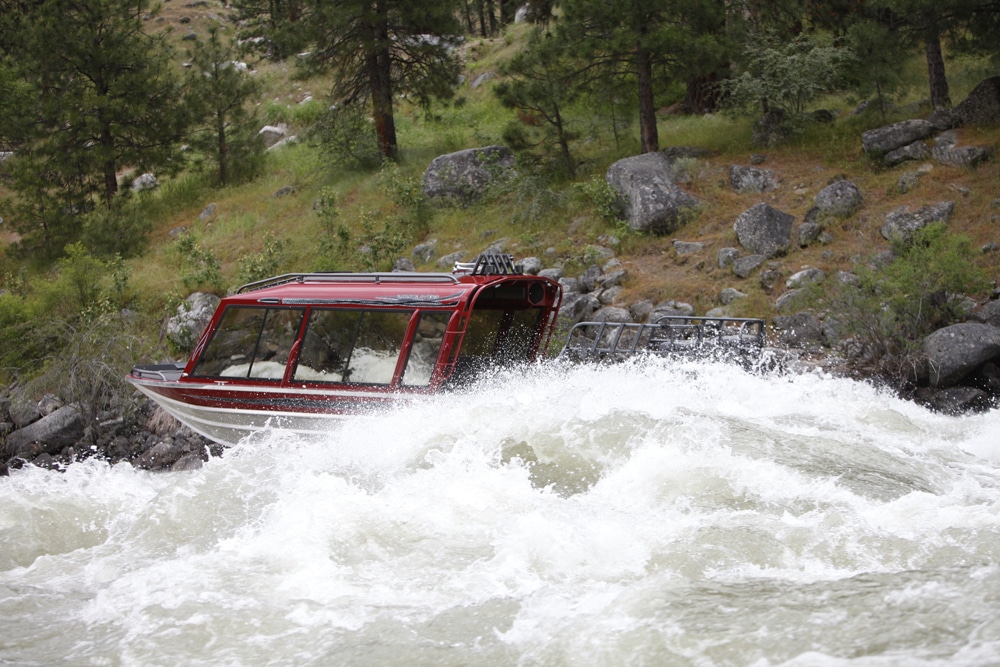
Whitewater Jet-Boating
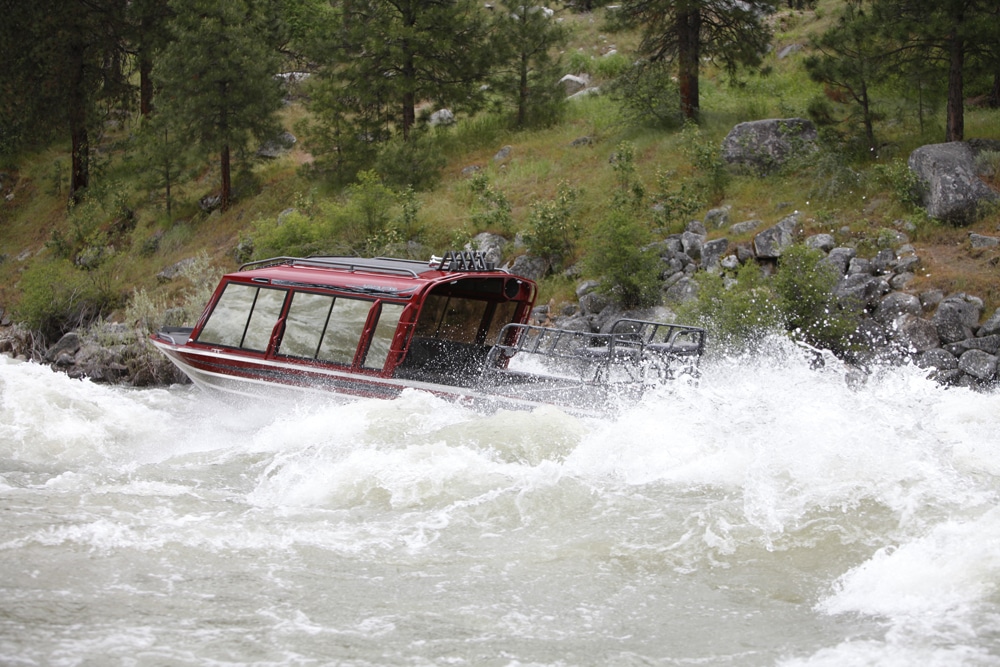
Whitewater Jet-Boating
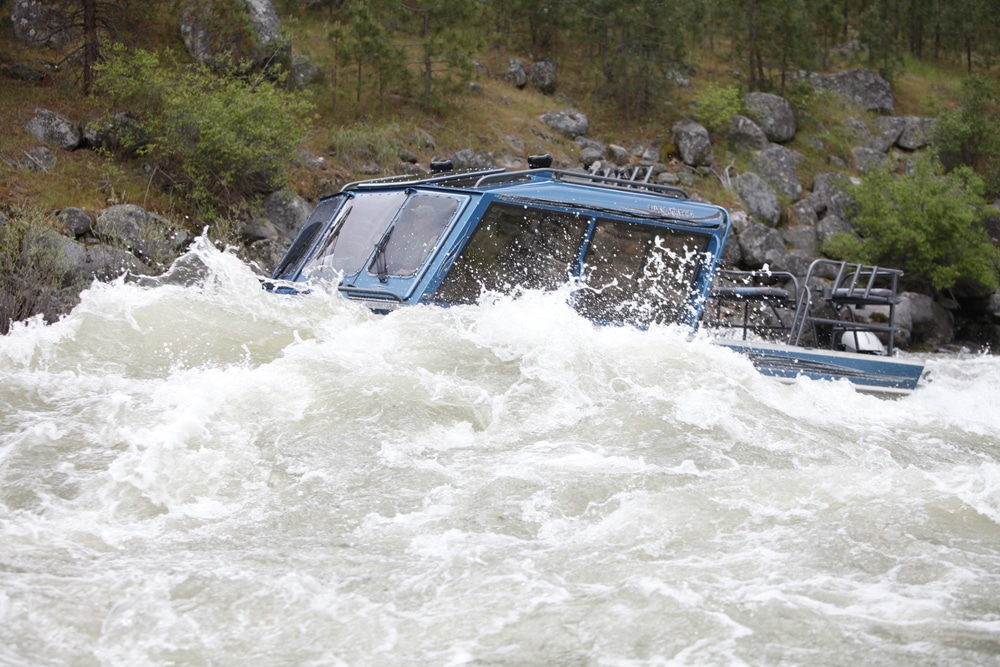
Whitewater Jet-Boating
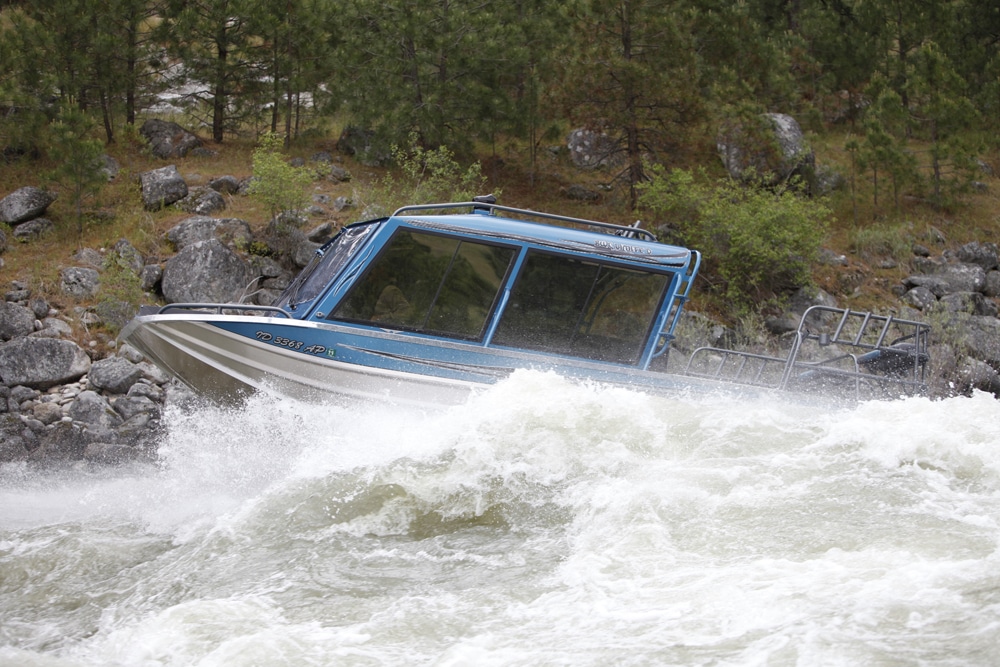
Whitewater Jet-Boating
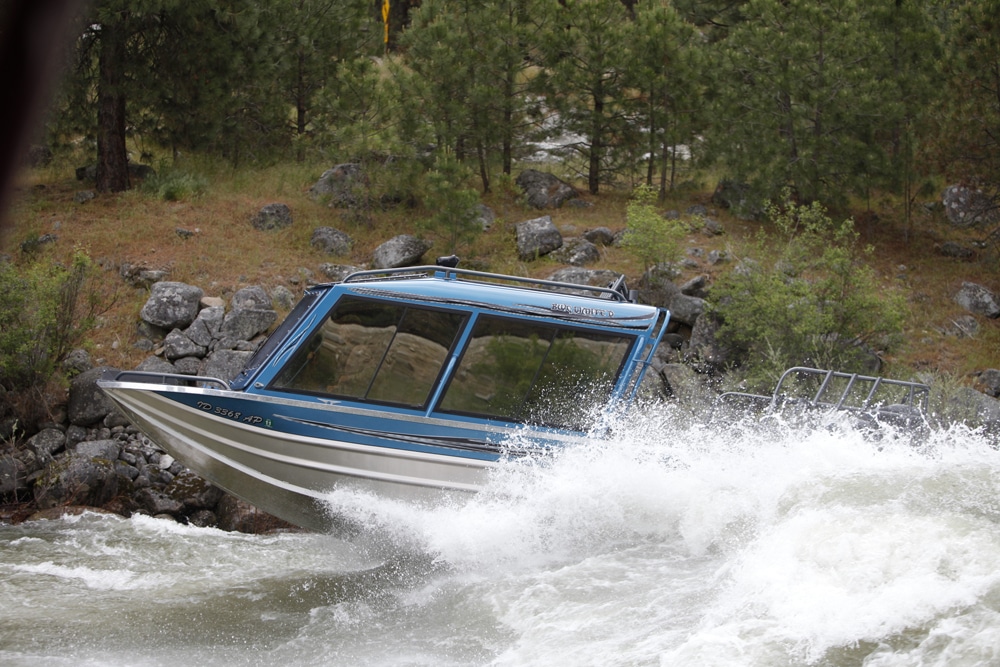
Whitewater Jet-Boating
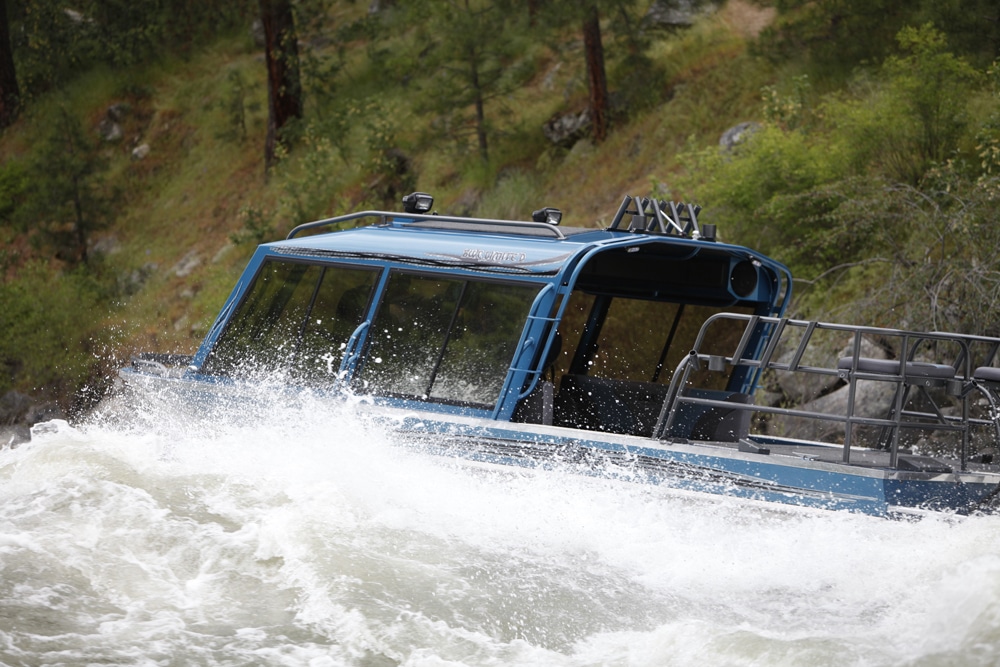
Whitewater Jet-Boating
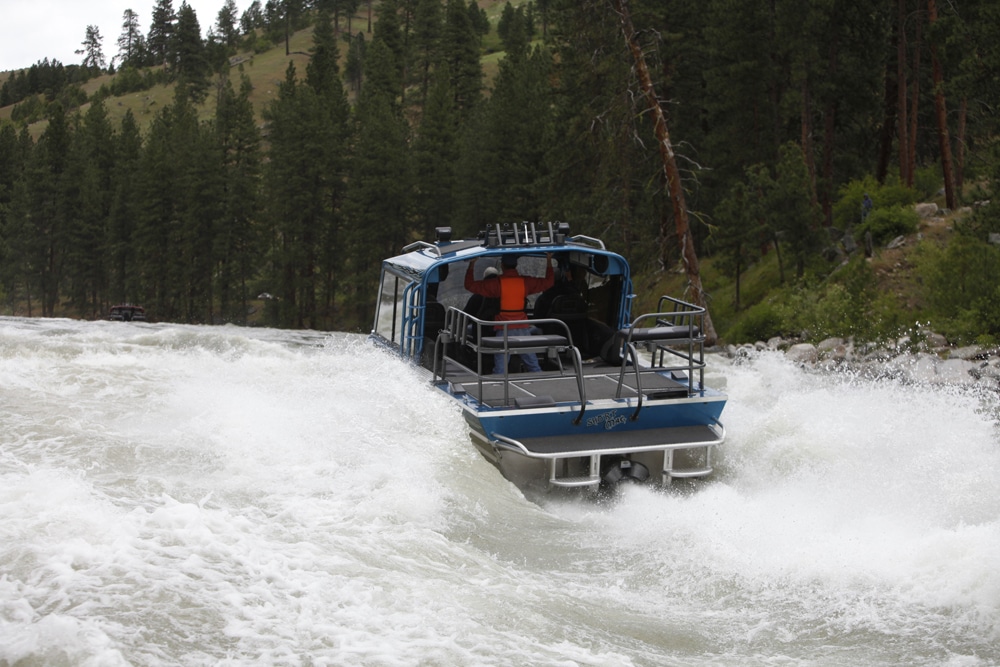
Whitewater Jet-Boating
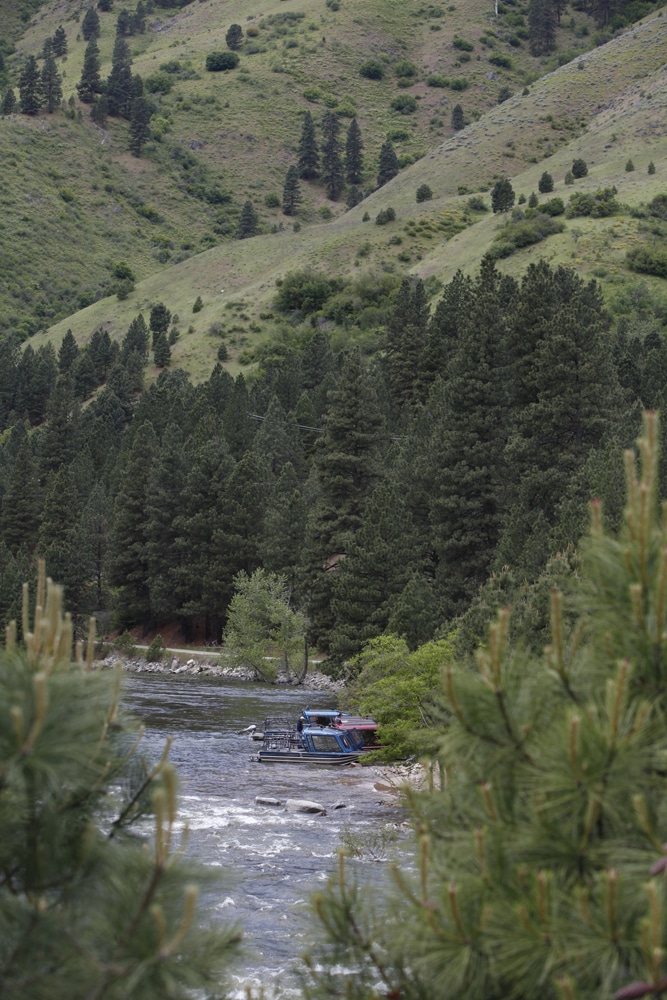
Whitewater Jet-Boating
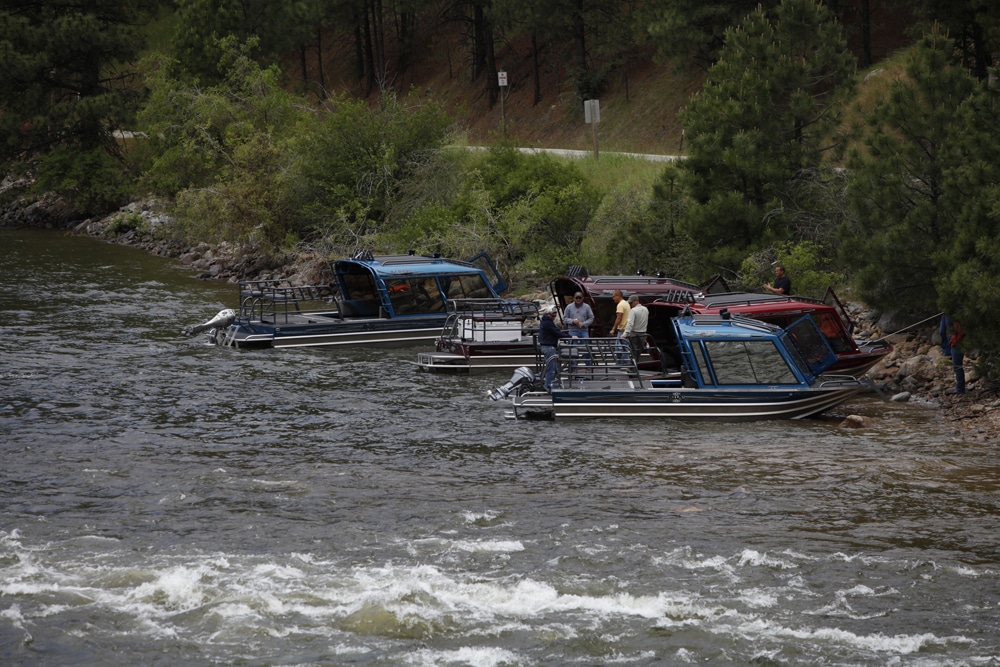
Whitewater Jet-Boating
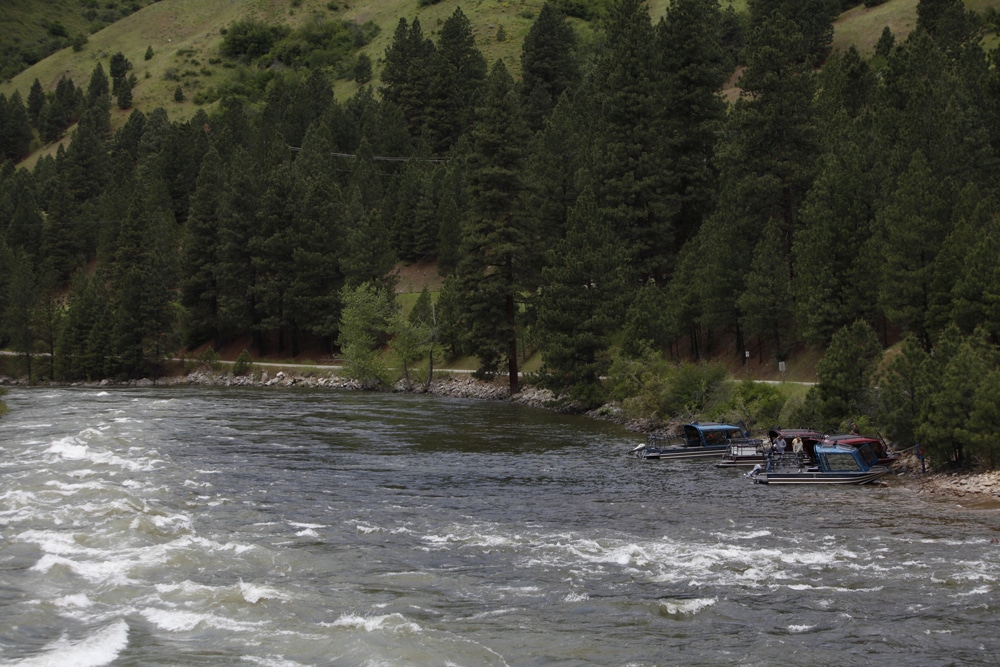
Whitewater Jet-Boating
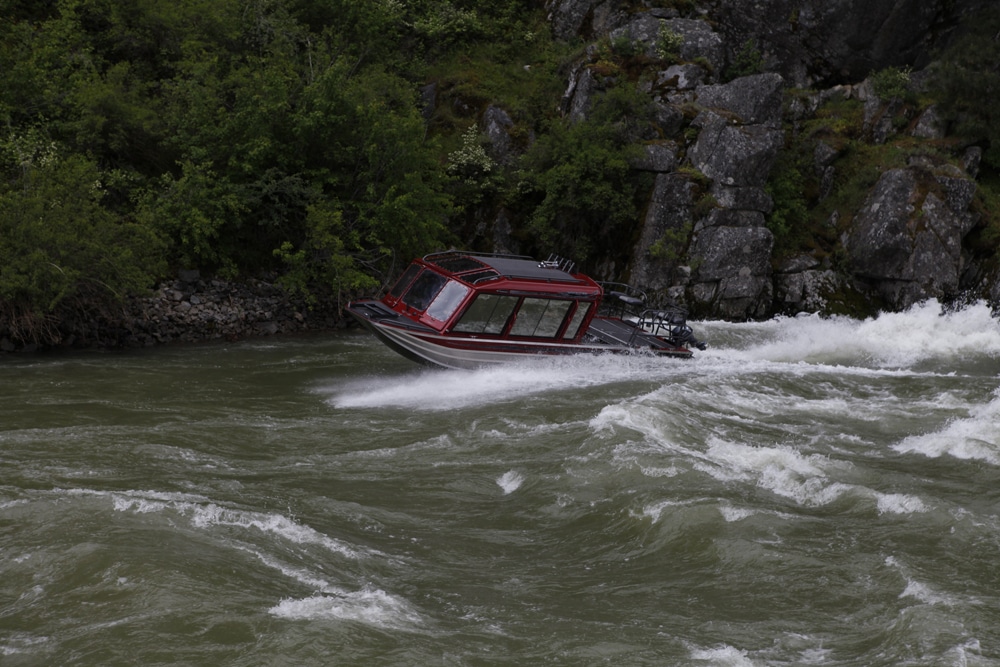
Whitewater Jet-Boating
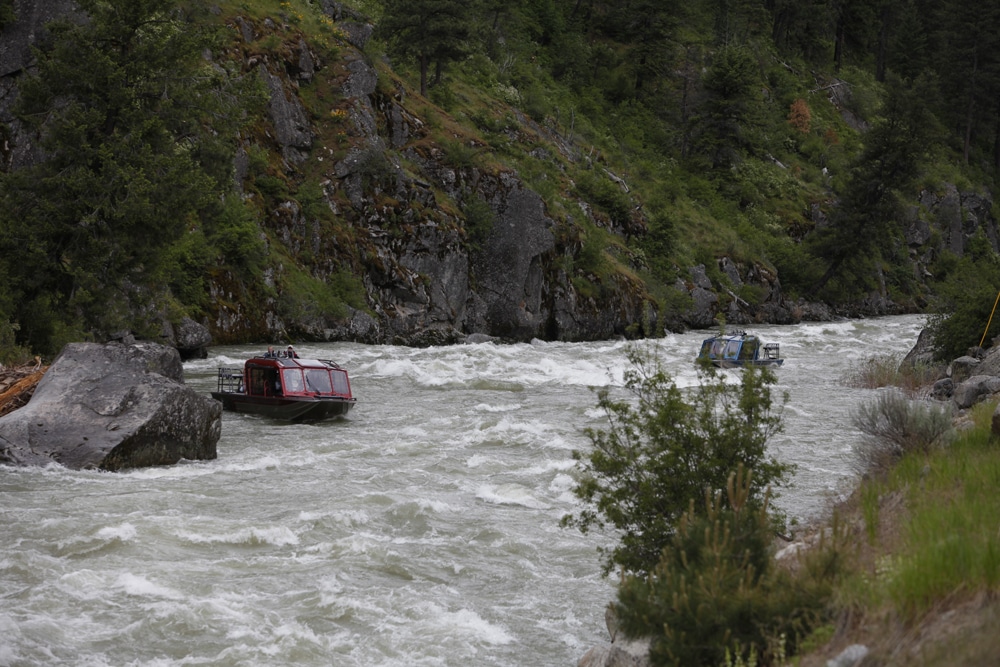
Whitewater Jet-Boating
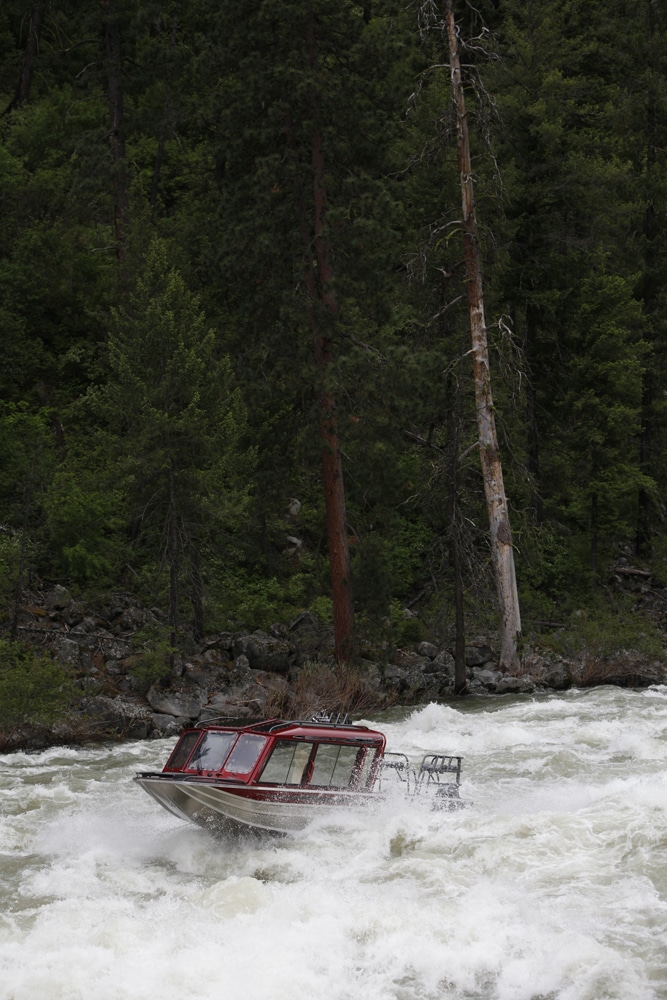
Whitewater Jet-Boating
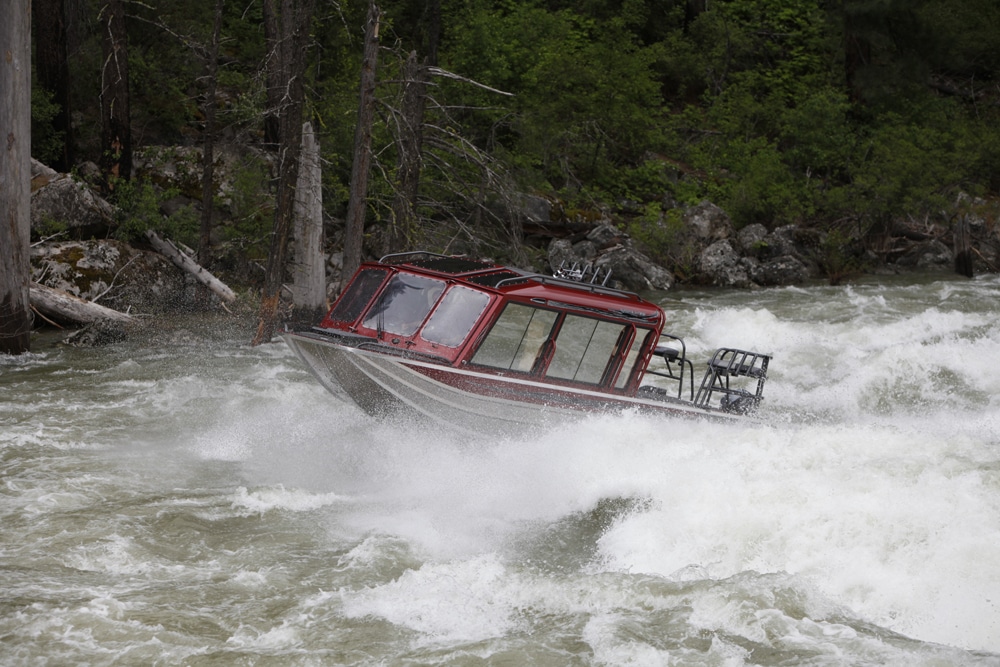
Whitewater Jet-Boating
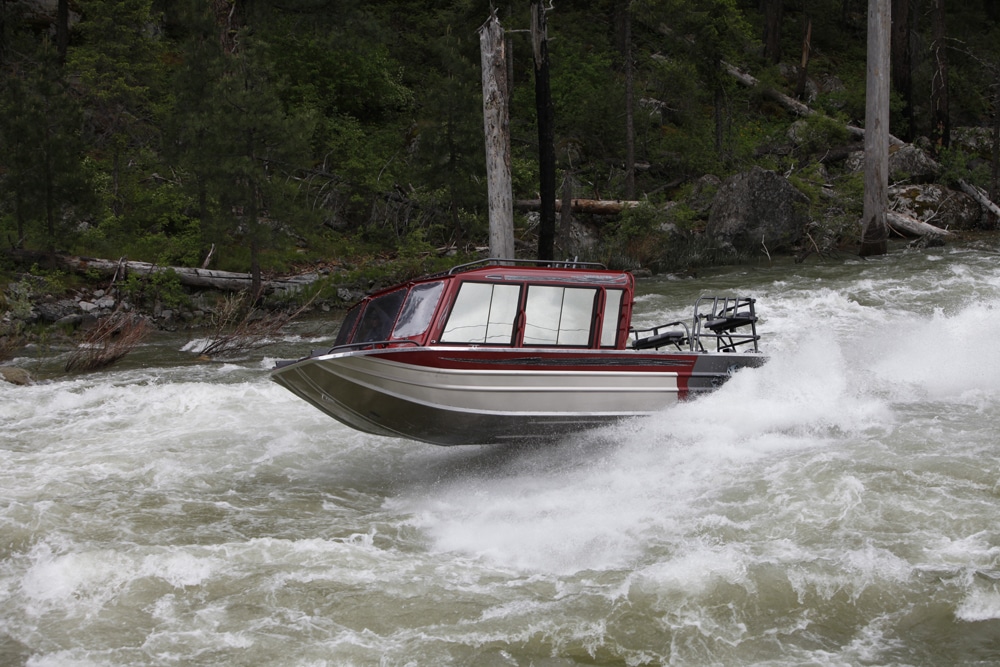
Whitewater Jet-Boating
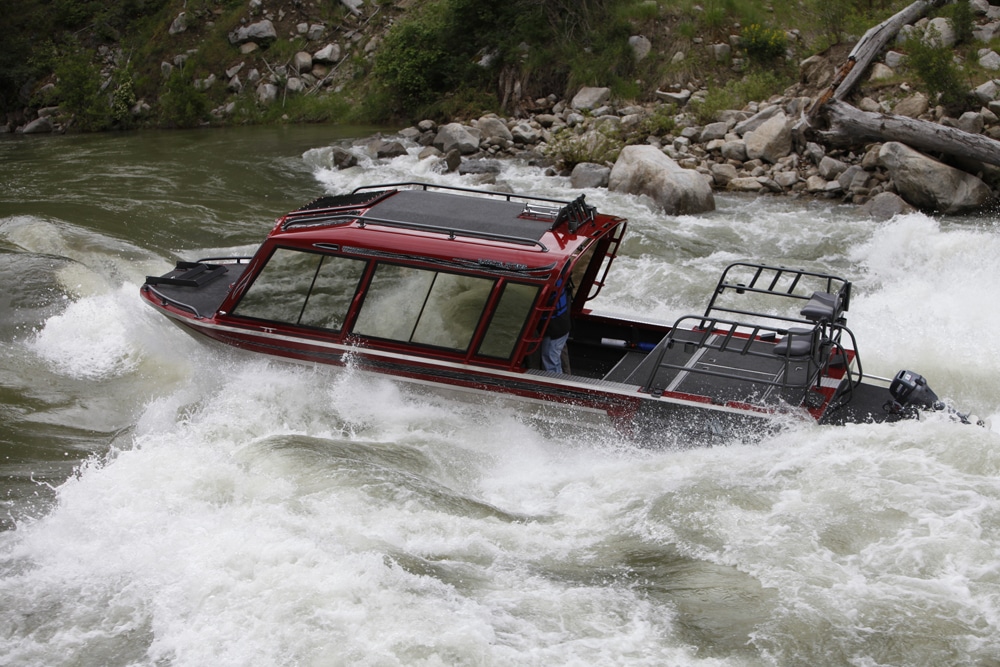
Whitewater Jet-Boating
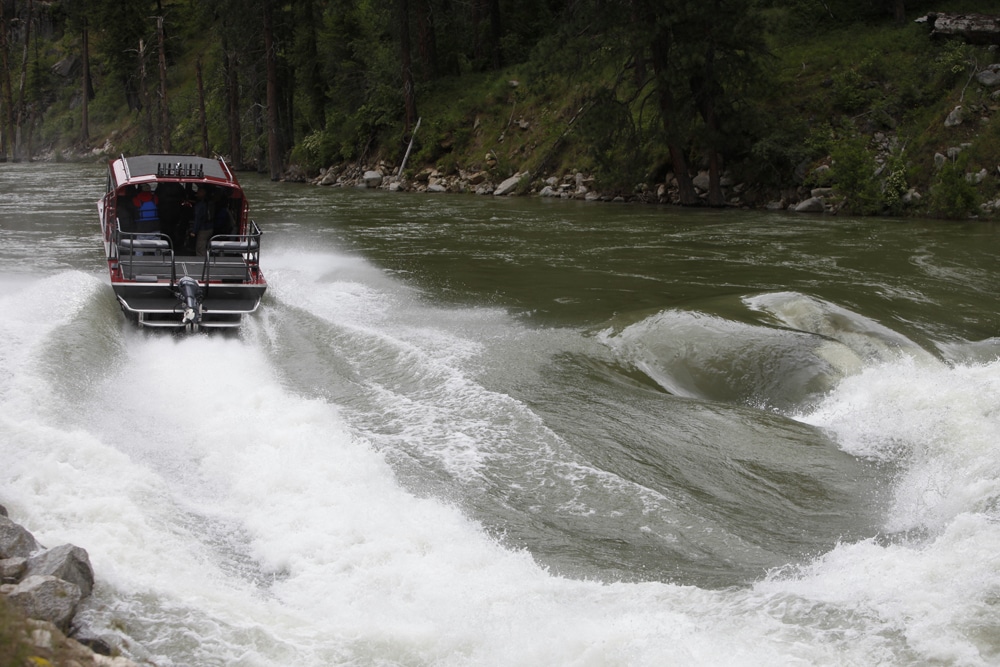
Whitewater Jet-Boating
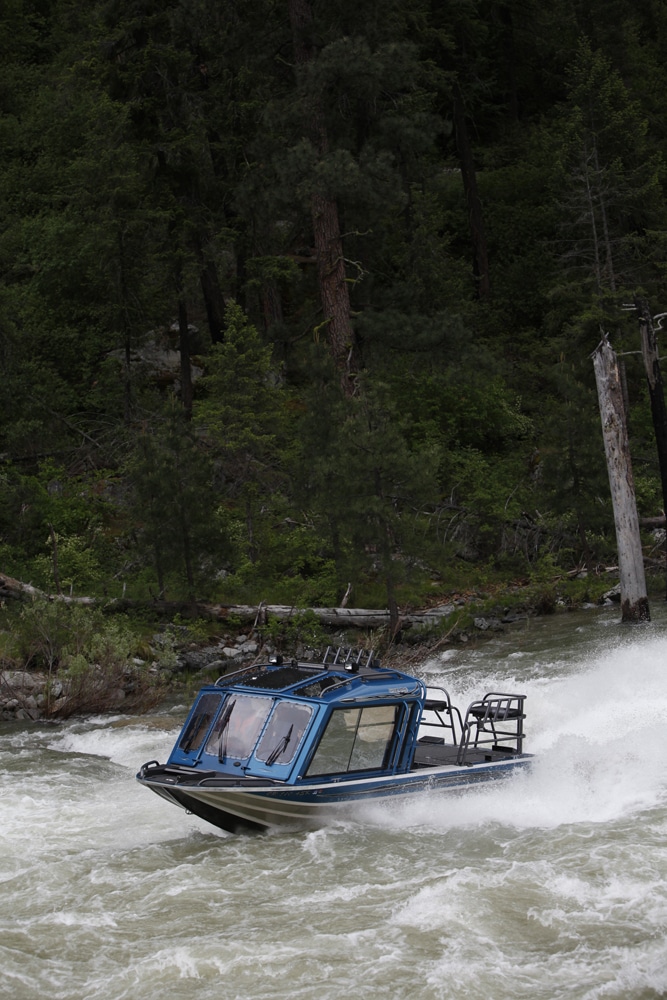
Whitewater Jet-Boating
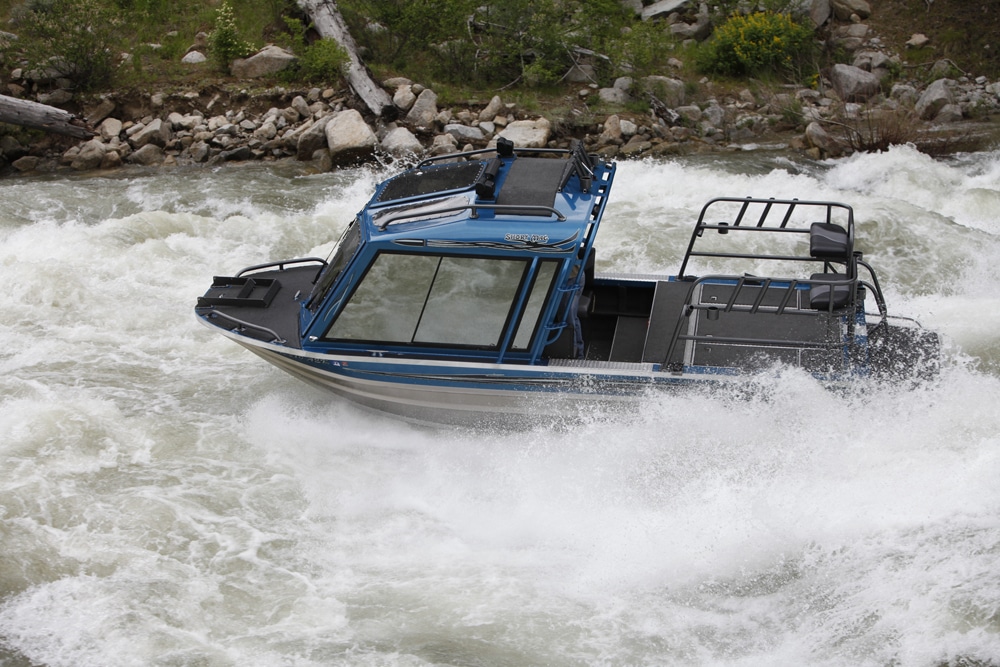
Whitewater Jet-Boating
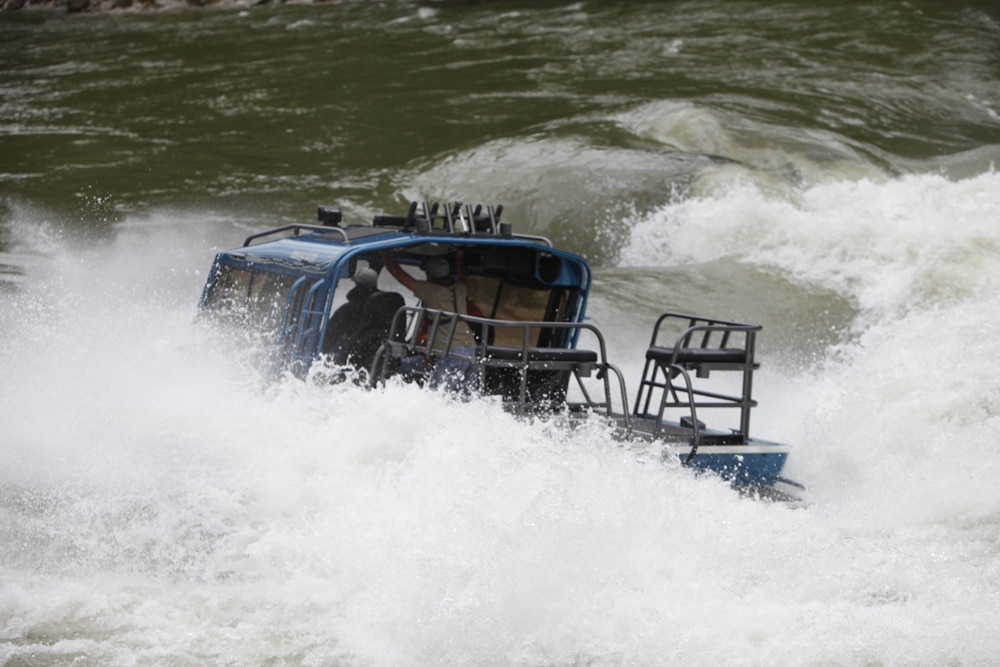
Whitewater Jet-Boating
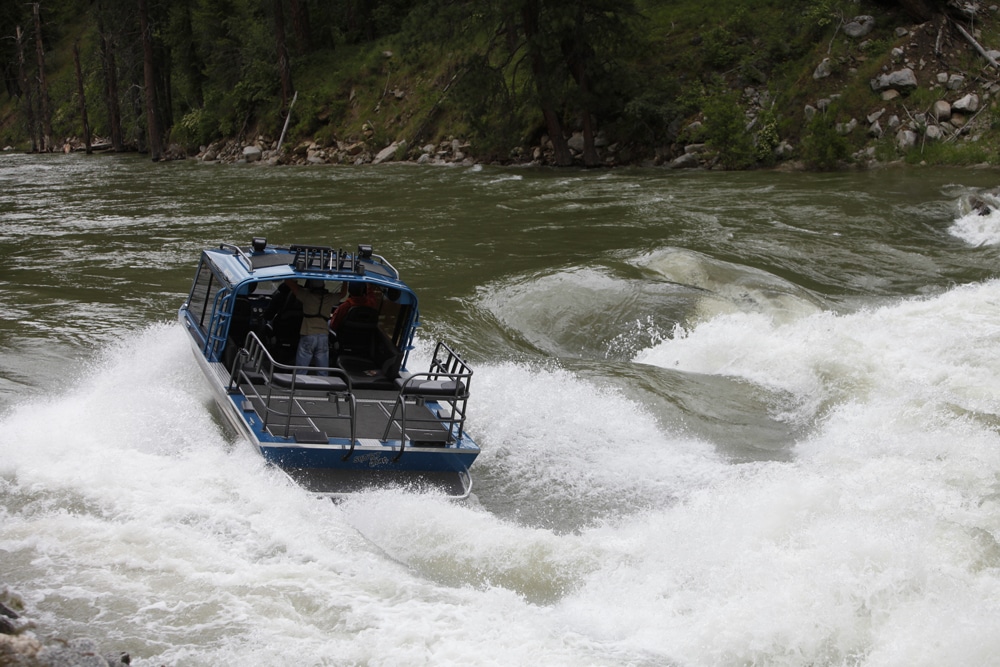
Whitewater Jet-Boating
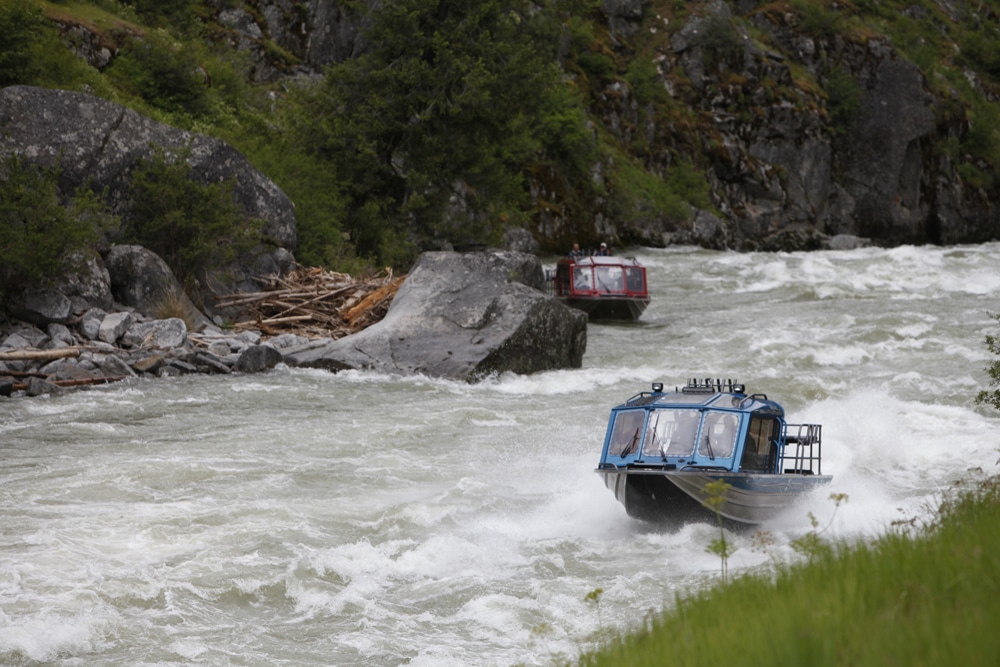
Whitewater Jet-Boating
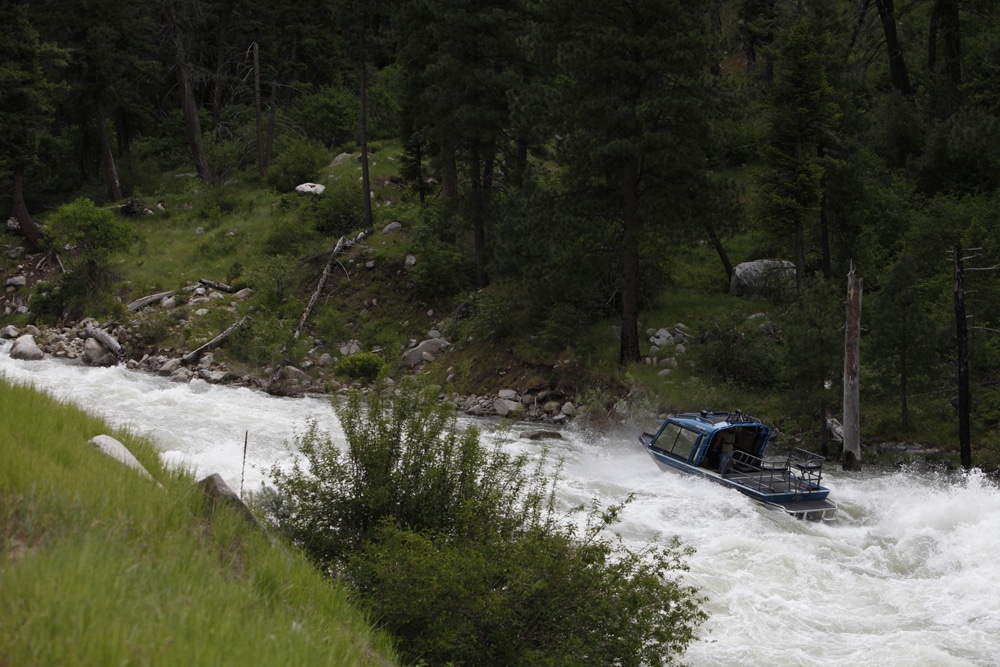
Whitewater Jet-Boating
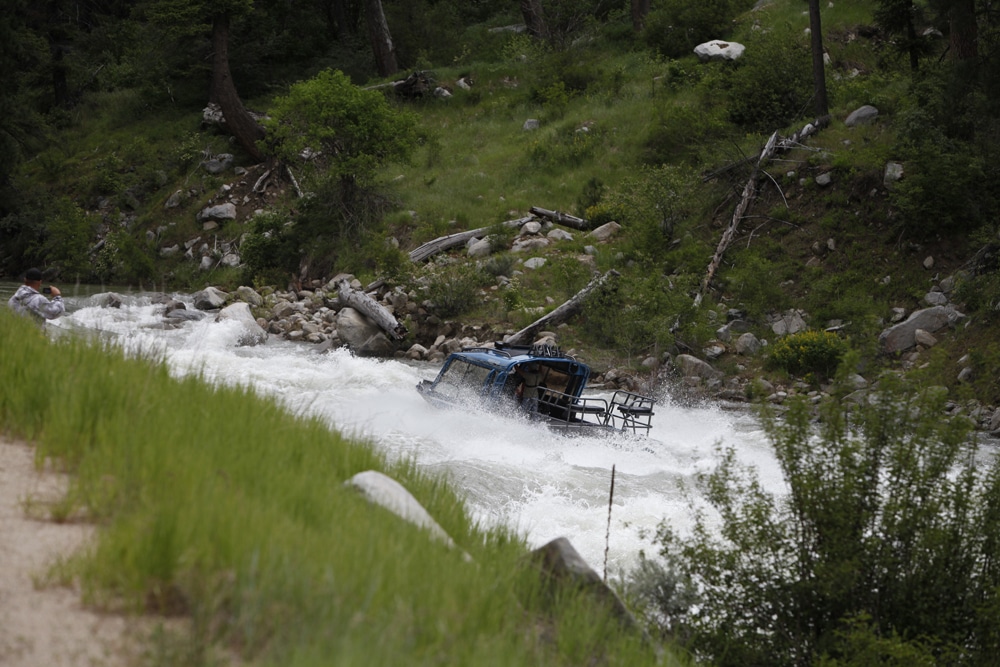
Whitewater Jet-Boating
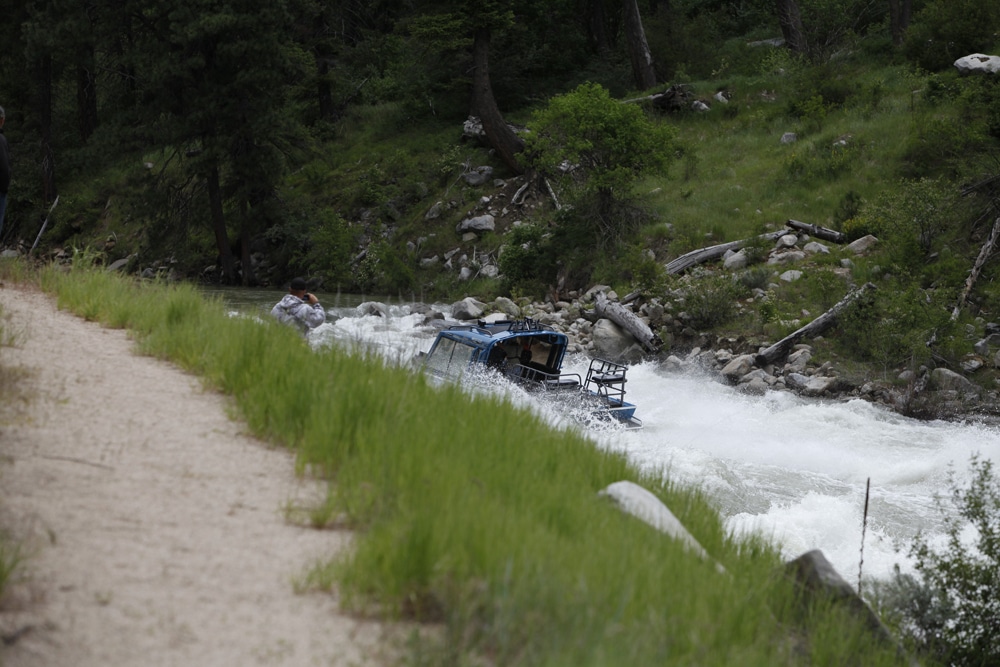
Whitewater Jet-Boating
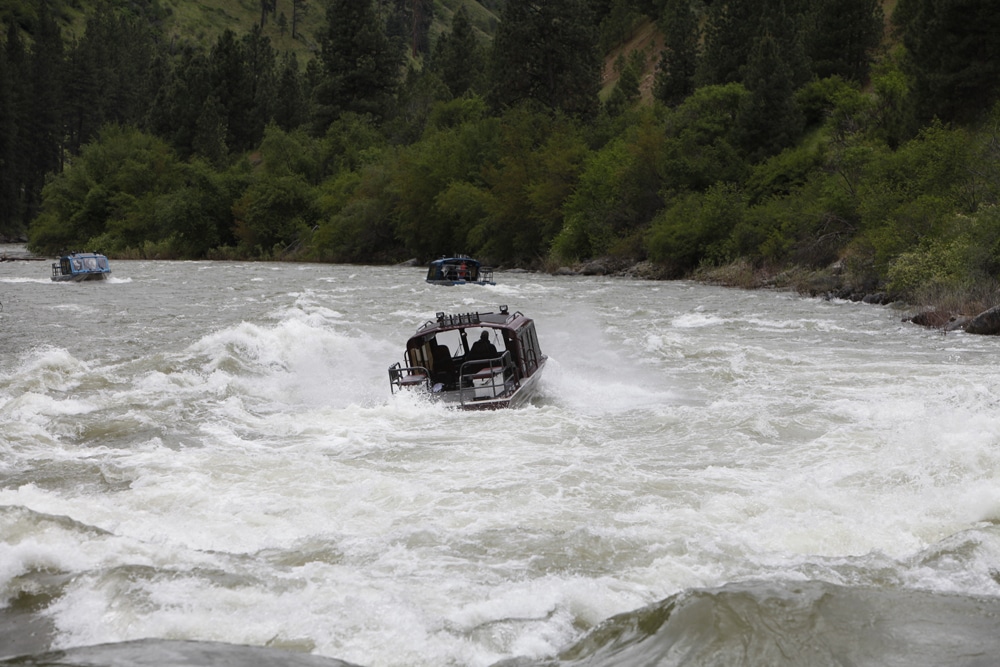
Whitewater Jet-Boating
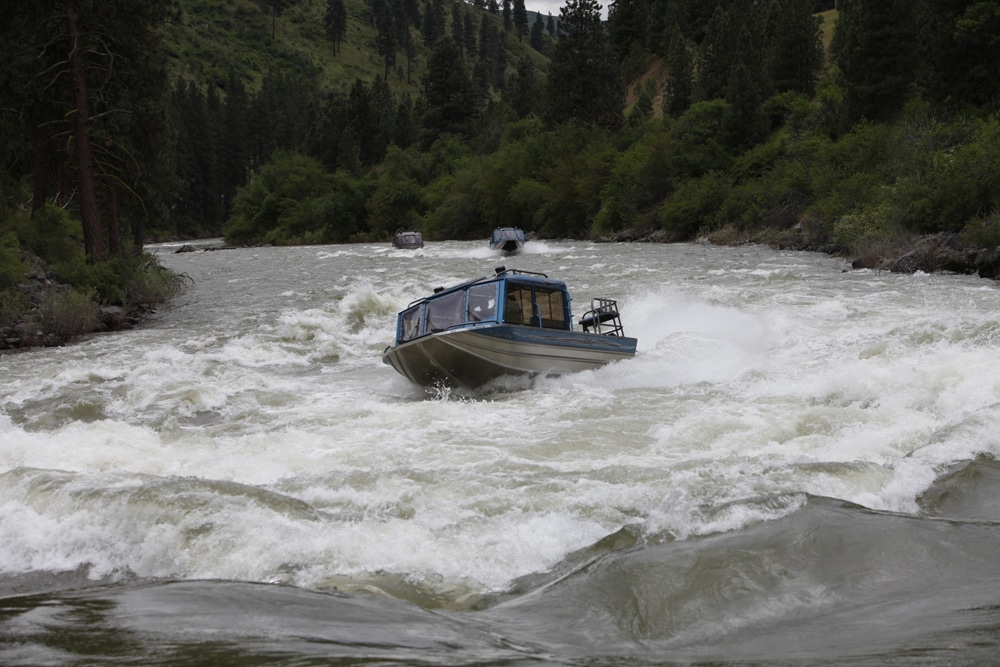
Whitewater Jet-Boating
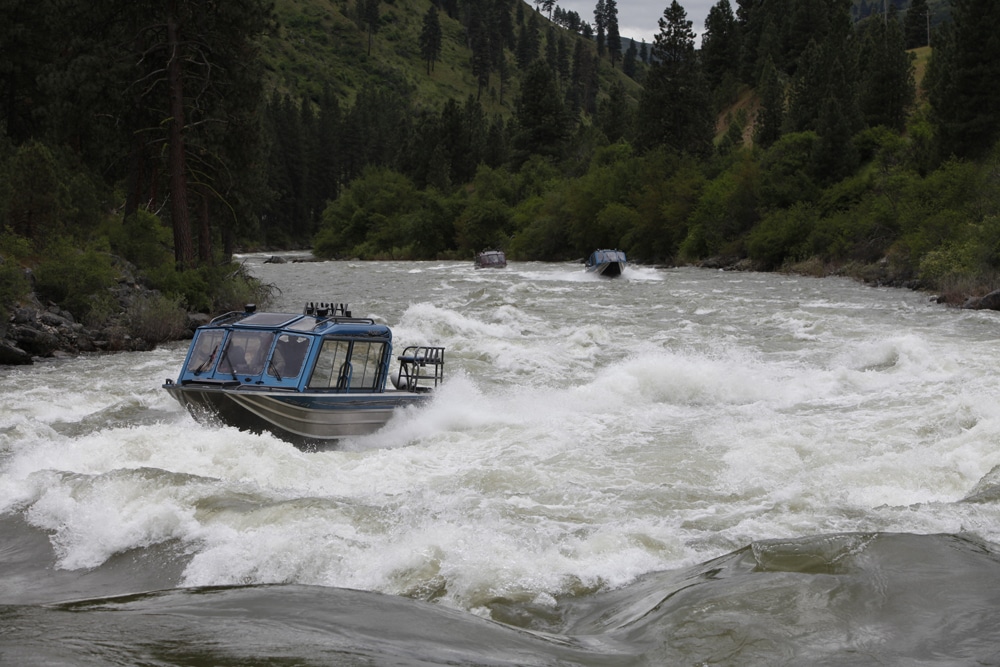
Whitewater Jet-Boating
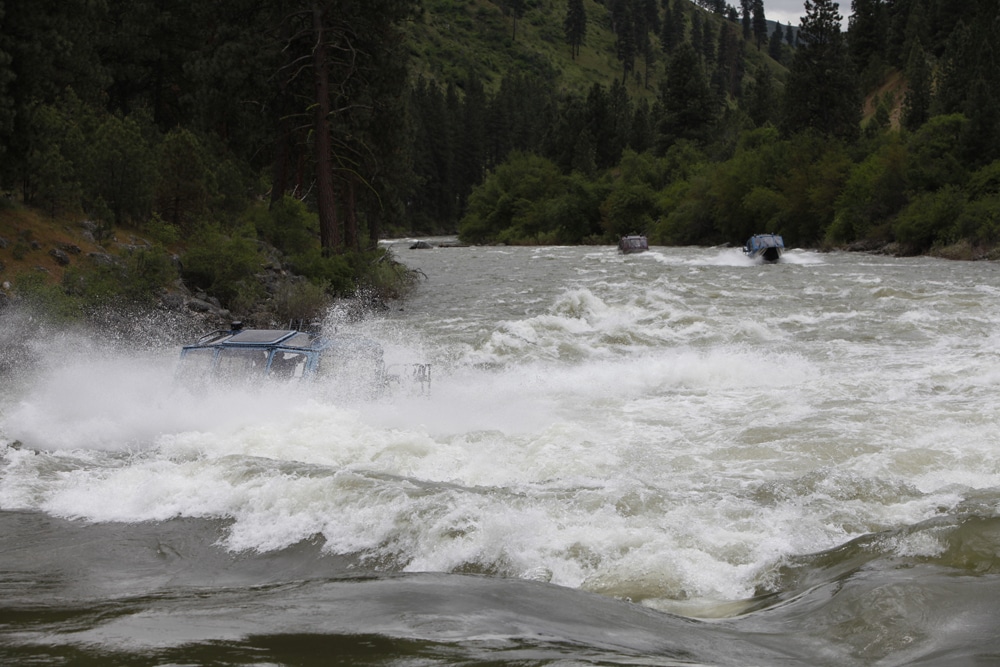
Whitewater Jet-Boating
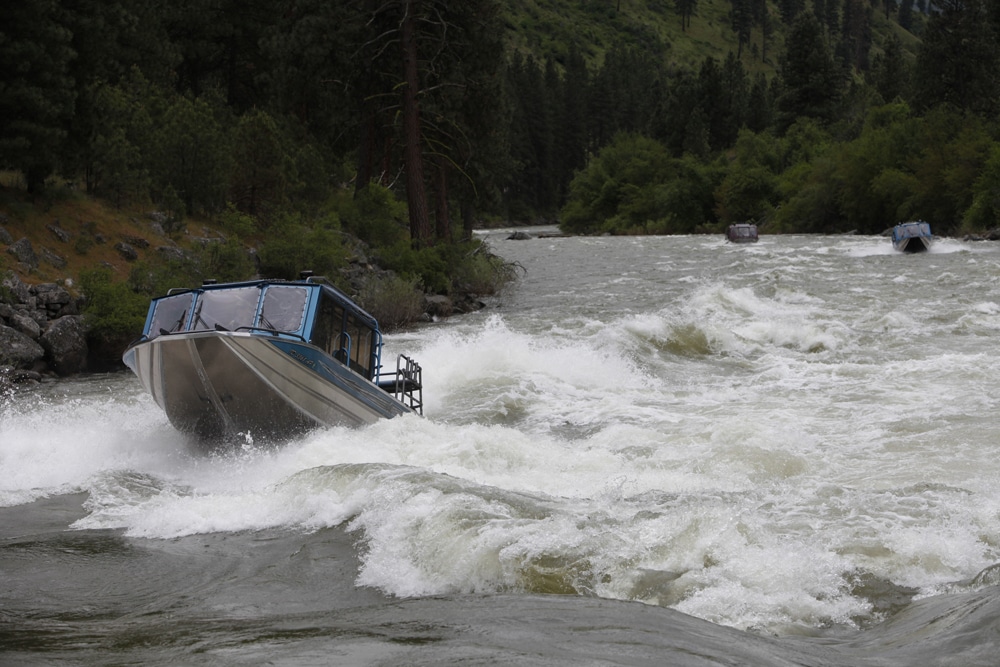
Whitewater Jet-Boating
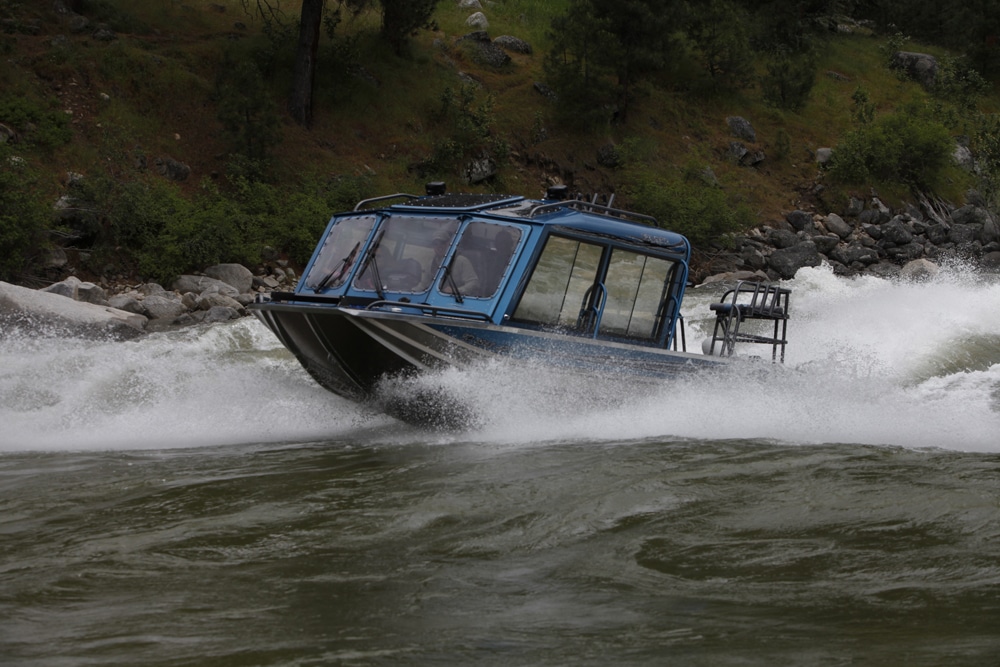
Whitewater Jet-Boating
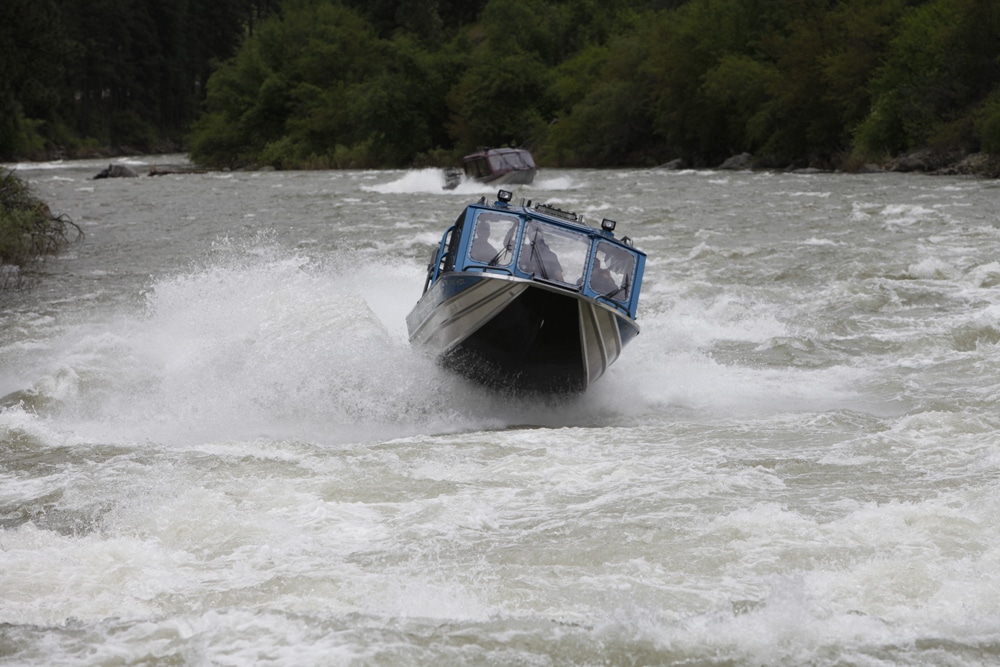
Whitewater Jet-Boating
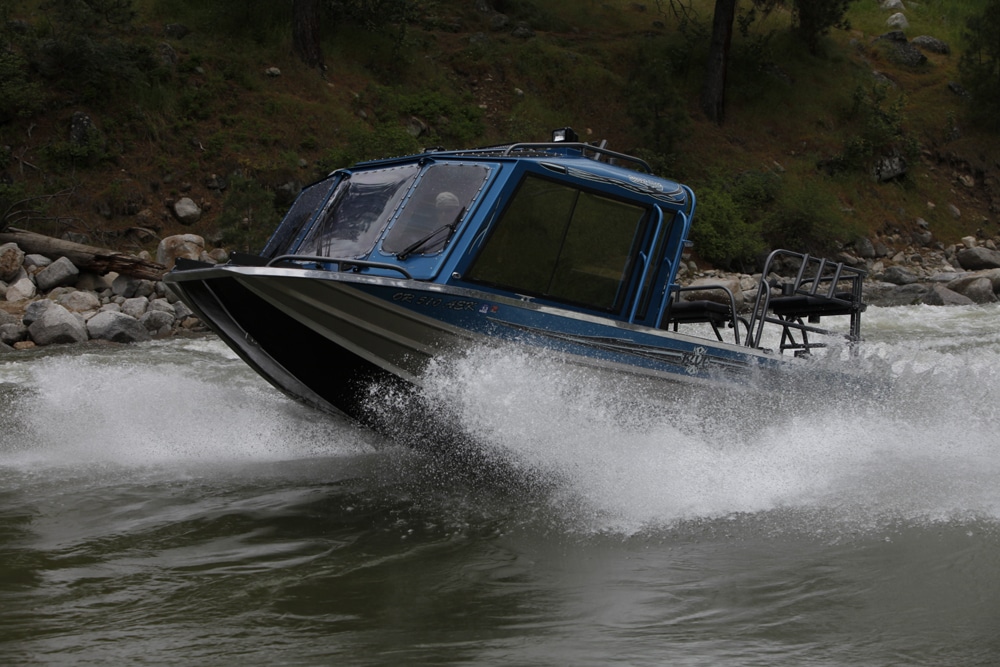
Whitewater Jet-Boating
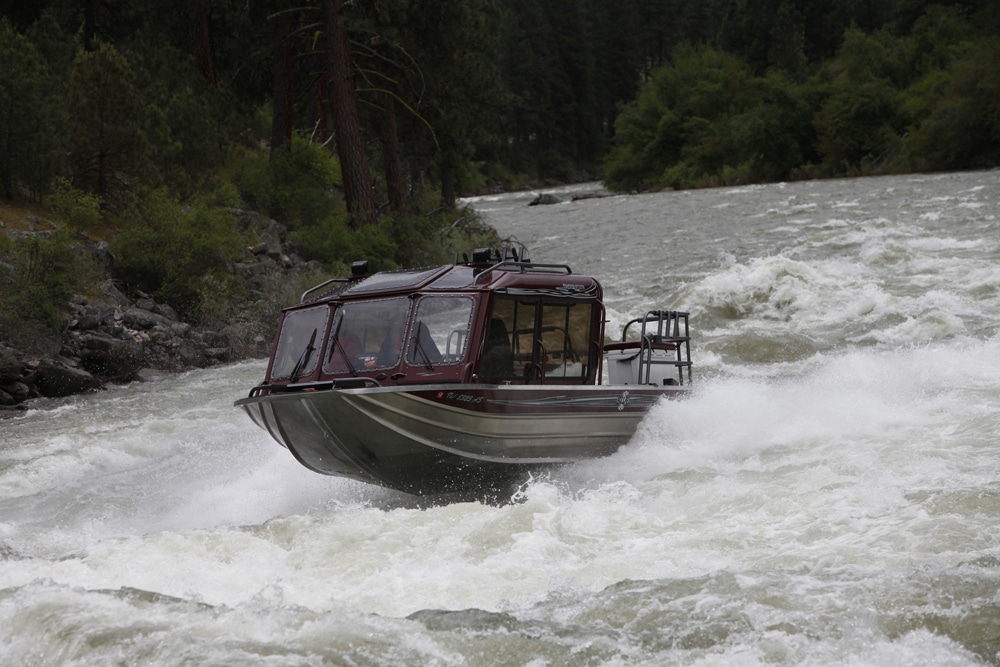
Whitewater Jet-Boating
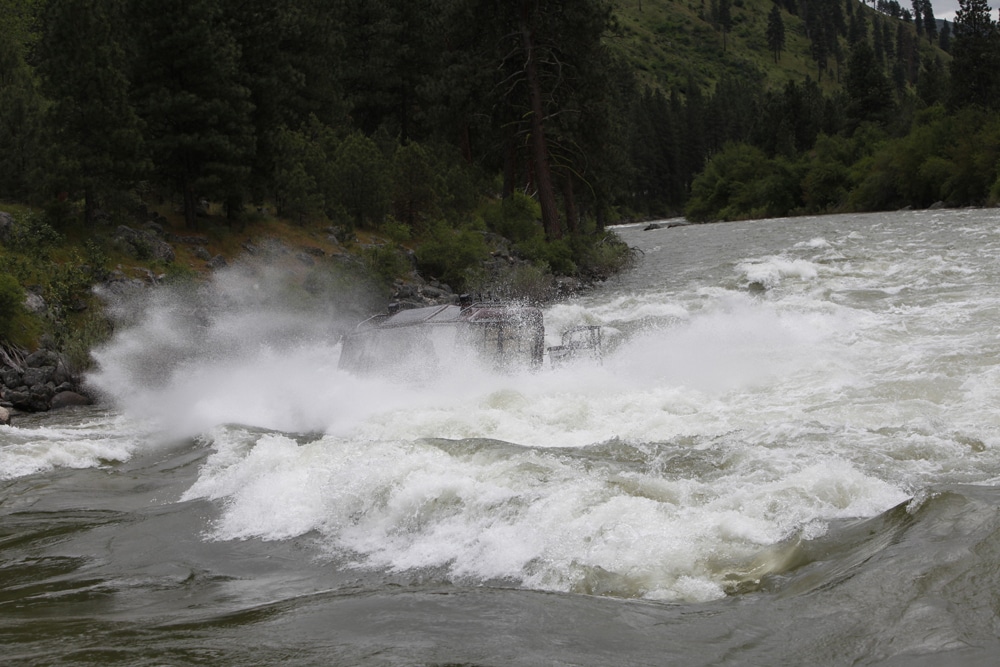
Whitewater Jet-Boating
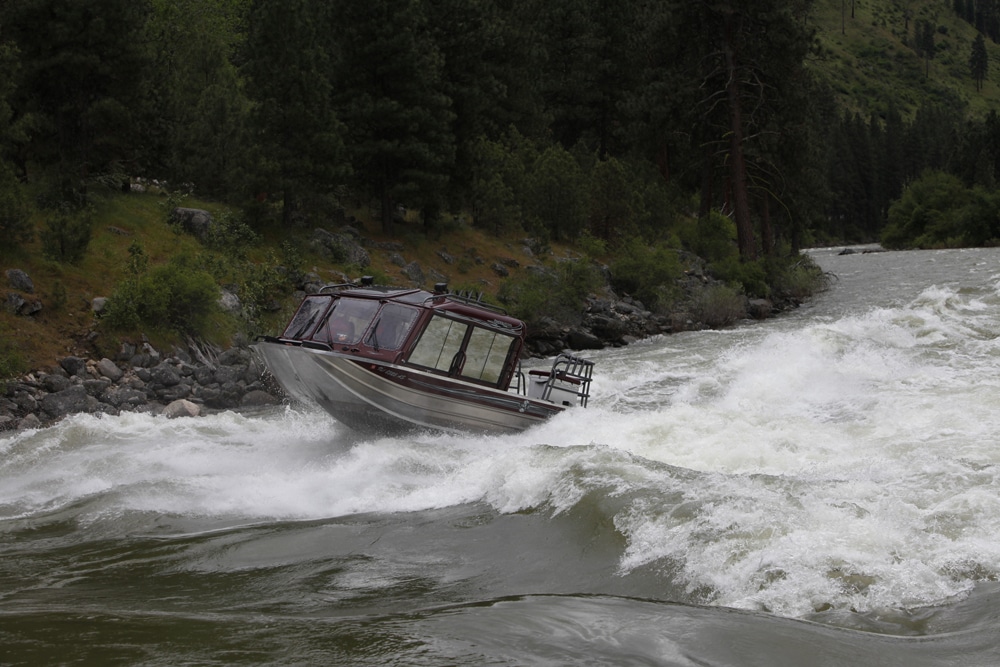
Whitewater Jet-Boating
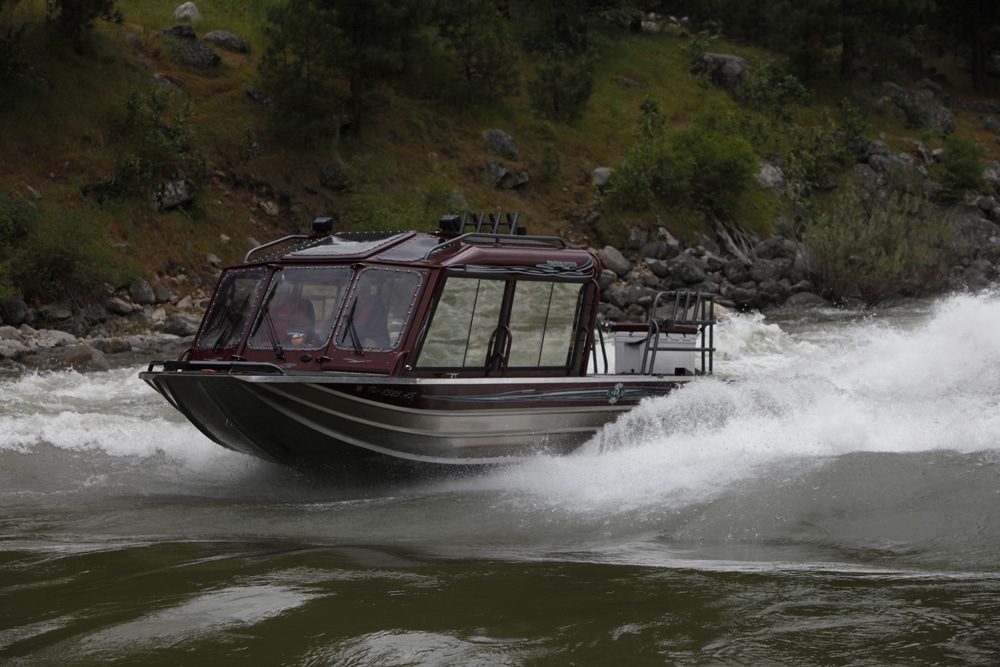
Whitewater Jet-Boating
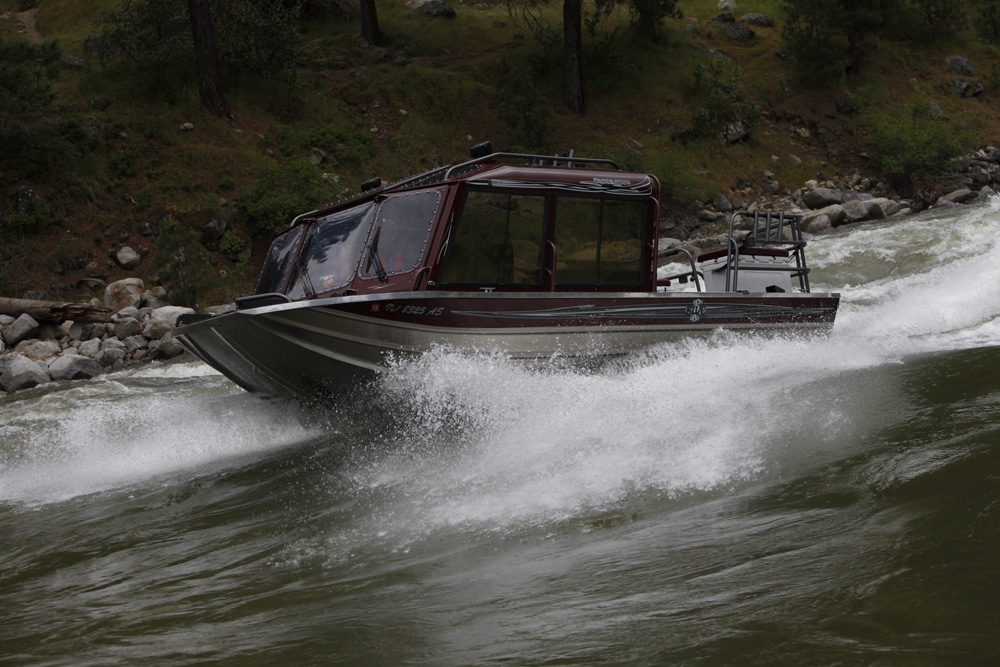
Whitewater Jet-Boating
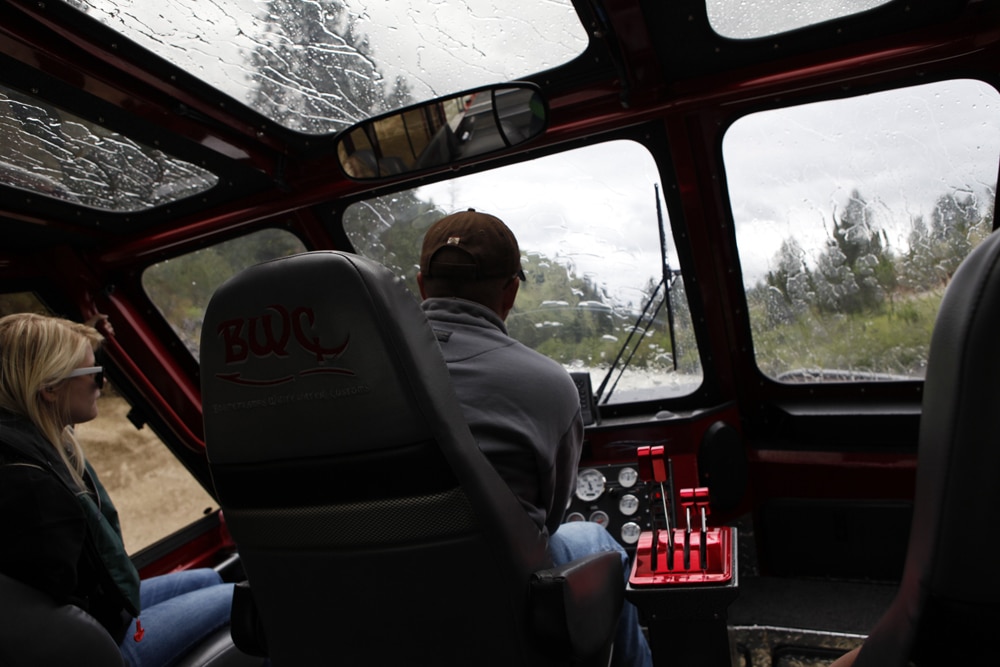
Whitewater Jet-Boating
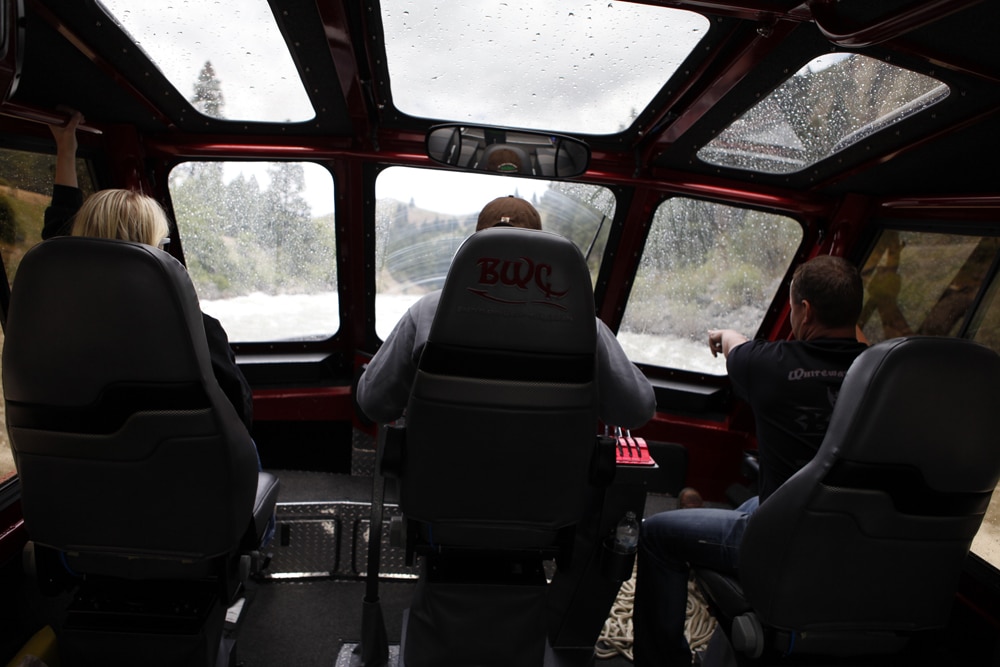
Whitewater Jet-Boating
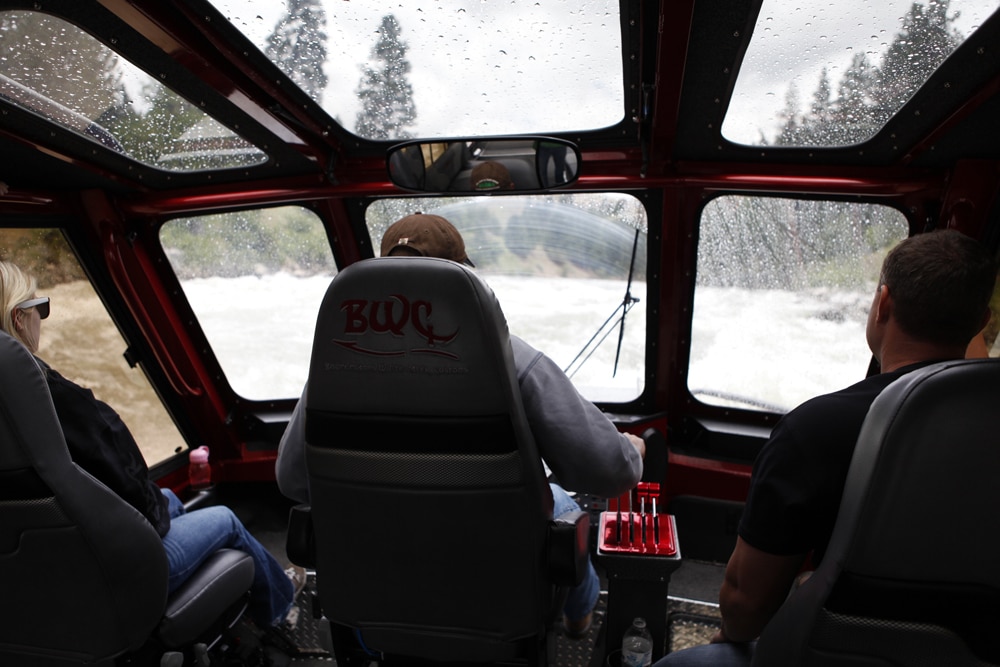
Whitewater Jet-Boating
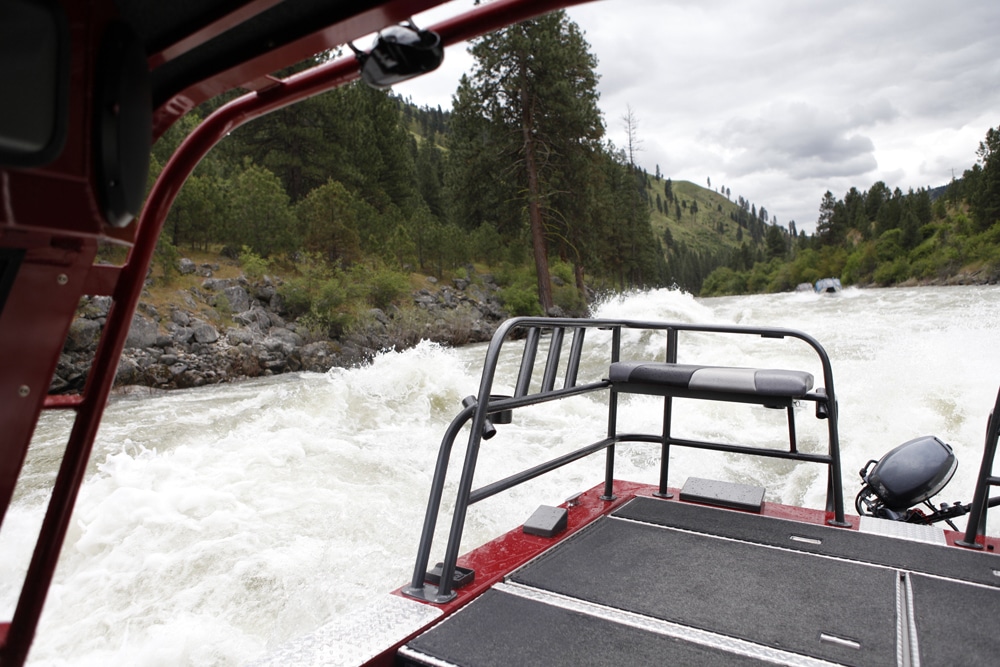
Whitewater Jet-Boating
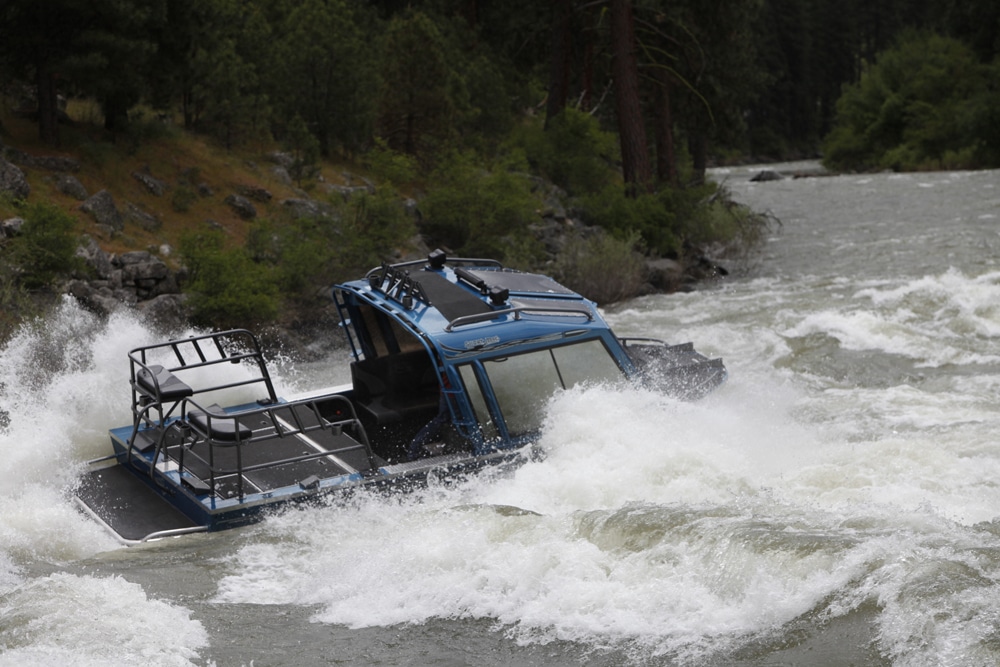
Whitewater Jet-Boating
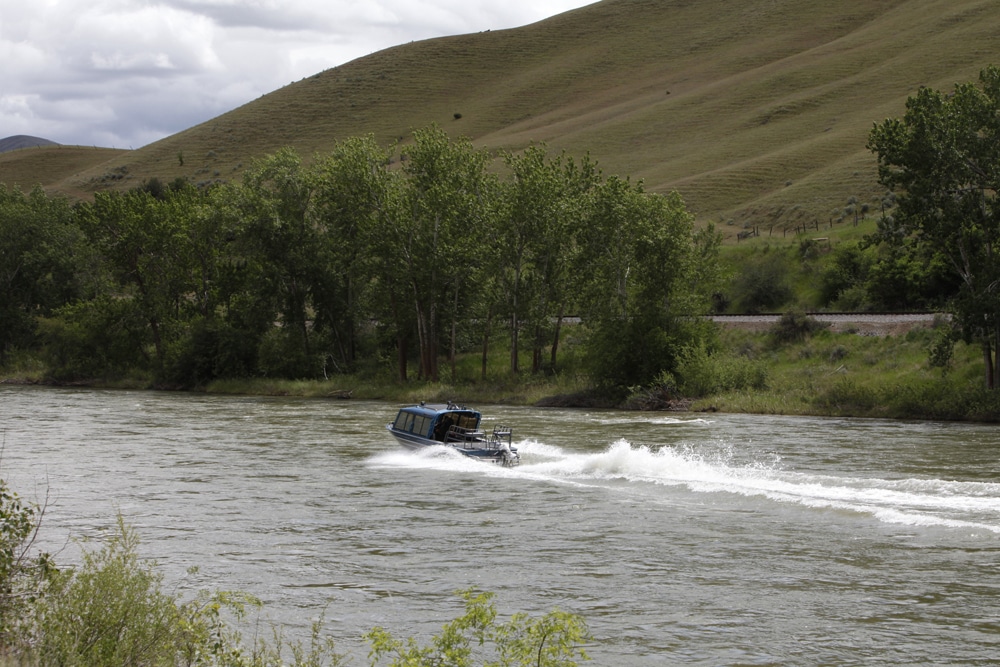
Whitewater Jet-Boating
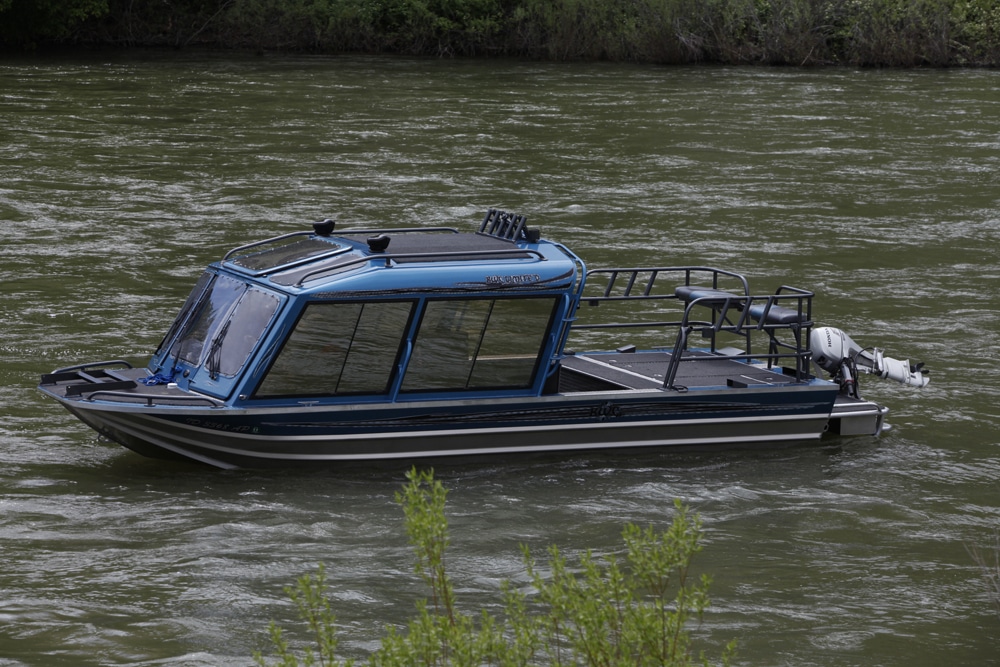
Whitewater Jet-Boating
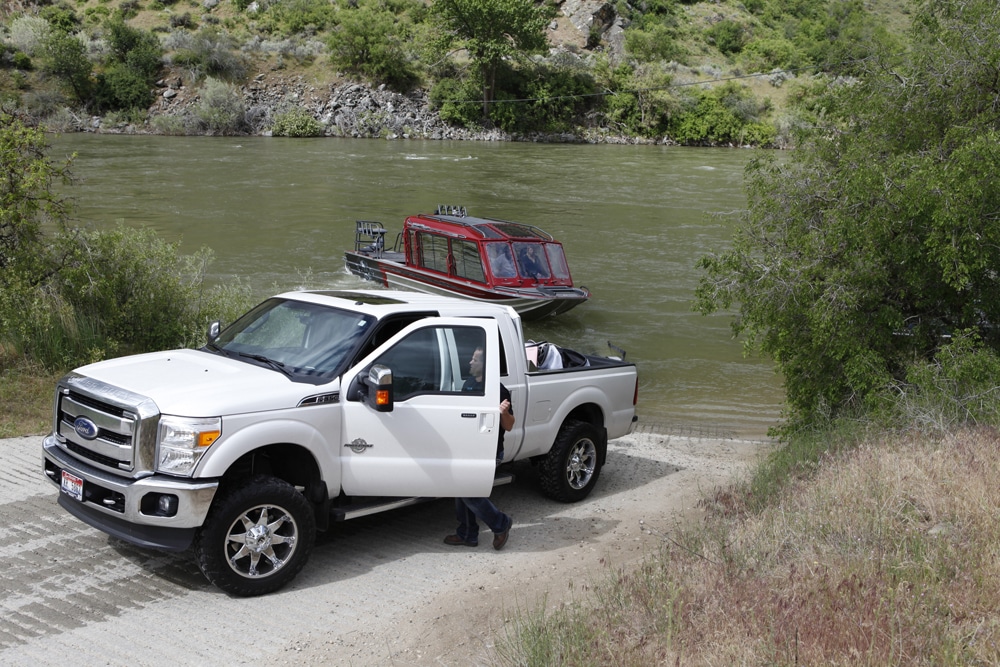
Whitewater Jet-Boating
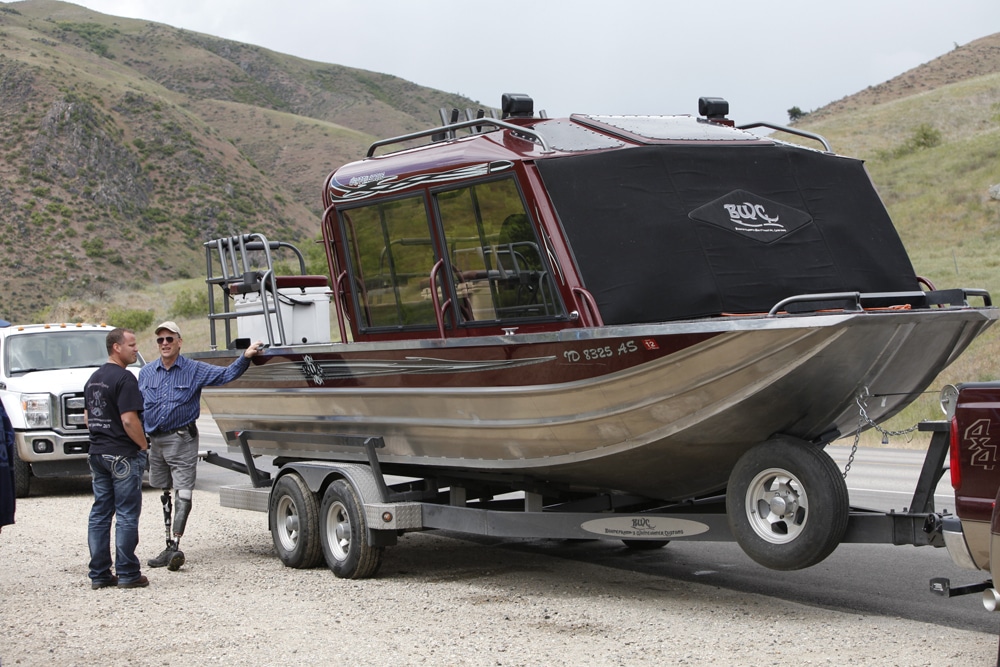
Whitewater Jet-Boating
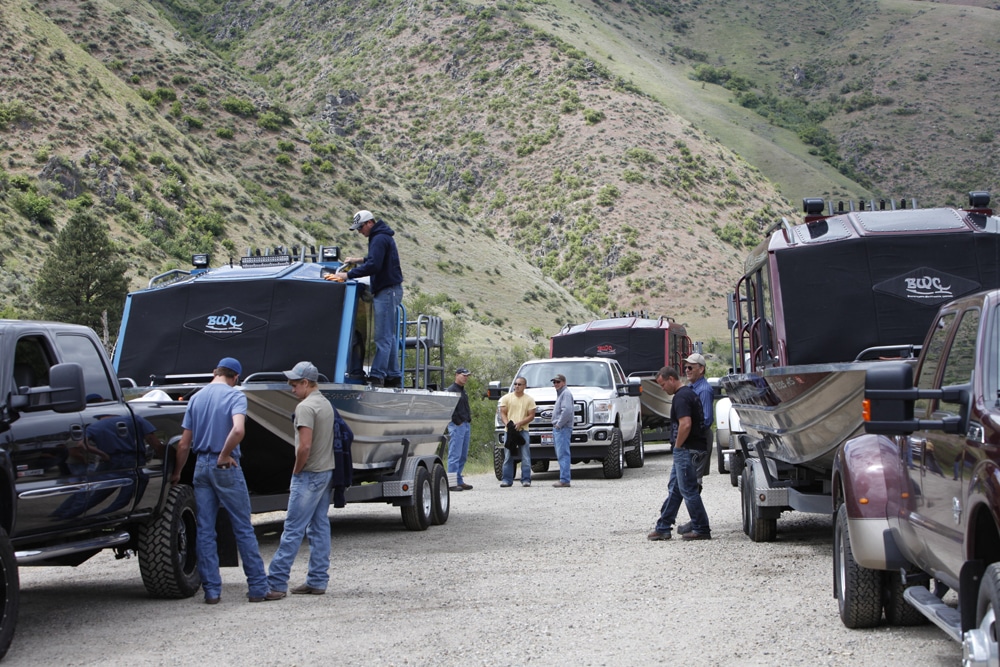
Whitewater Jet-Boating
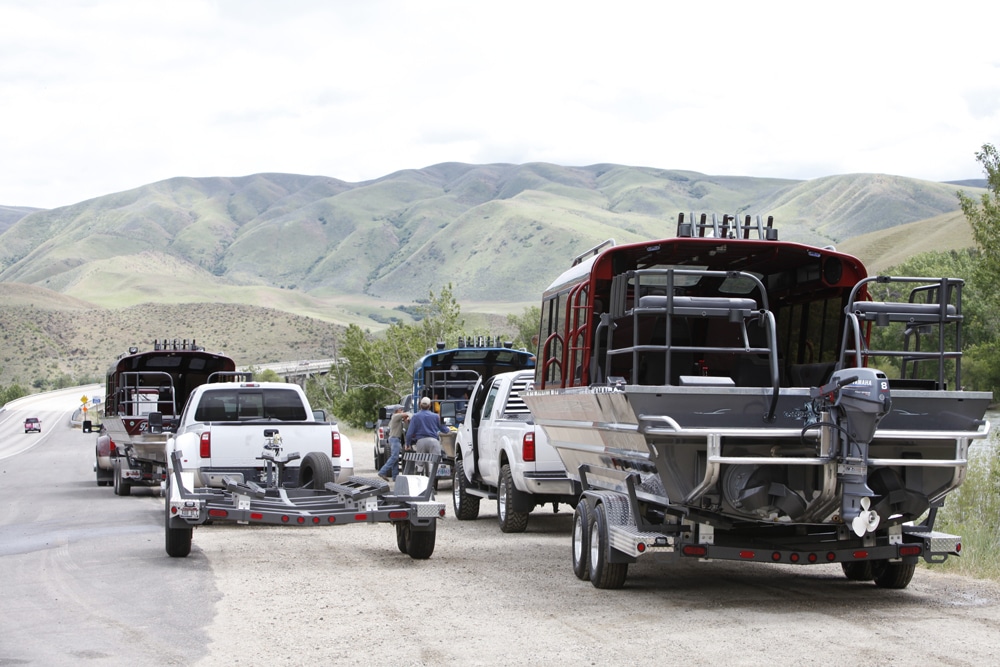
Whitewater Jet-Boating
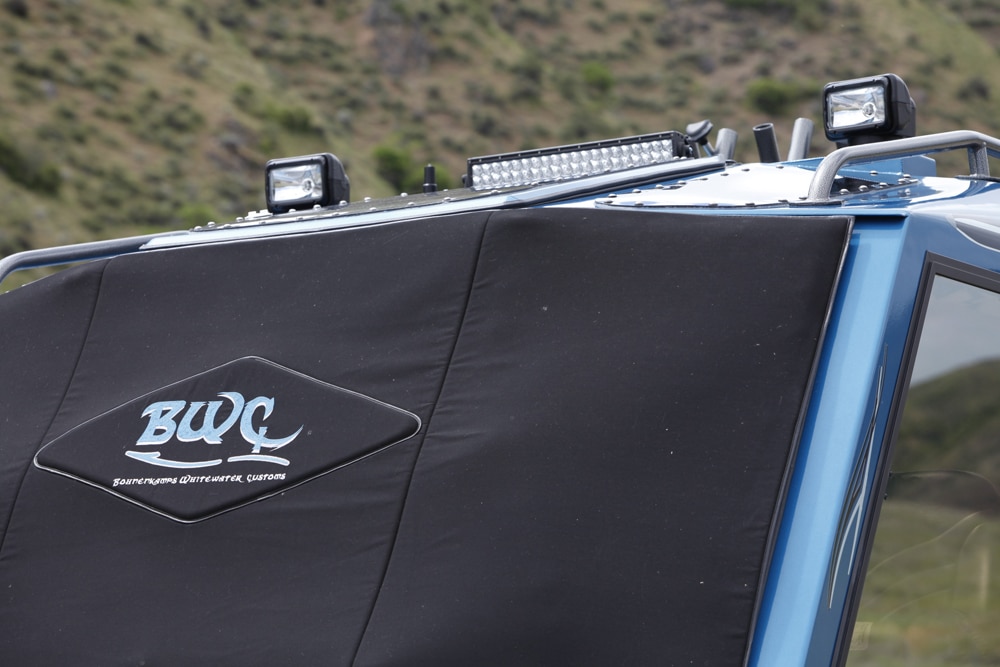
Whitewater Jet-Boating
In most types of boating, captains avoid treacherous water. But not Carl Johnson. He looks for it. On the wild rivers of Idaho, Oregon and Washington — on the Snake, the Salmon, the Rogue, the Columbia and the Payette.
This is whitewater jet-boating, and it takes a different kind of captain willing and able to challenge the raging rollers and menacing troughs wrought by tons of meltwater crashing through narrow, boulder-strewn canyons.
Johnson, 48, is a different kind of boater in more ways than one. He lost both legs at the knees in a catastrophic encounter with a high-voltage line while operating a farm crane, and he suffers partial paralysis in one hand. But thanks to an indomitable spirit of adventure and a pair of prosthetic legs, he still dances with the river.
In fact, Johnson often goes solo, handling tasks like towing, launching and beaching his 24-foot Bohnenkamp’s Whitewater Customs (BWC) jet boat in a river’s unrelenting current. About the only special adaptation on his boat is a custom electric switch to shift in and out of reverse.
“I try not to let anything slow me down too much,” said Johnson as we began our run up the Payette River north of Boise, Idaho, last June. Indeed. When not flying along a river, Johnson flies a helicopter. He’s a commercial pilot and owner of Airflair Aviation, based in Homedale, Idaho.
Barkin’ Boulders
“Hang on,” Johnson advised as he throttled up to charge the first set of rapids. “Here we go.”
The big V-8 roared to life as the bow plunged into the first hole and then rebounded and punched through the rolling face of a standing six-footer, momentarily obliterating our forward view. Once the foam cleared, I recoiled at the sight of a VW-size boulder within inches of the gunwale.
“Those rocks are barkin’,” Johnson chuckled, referring to the deafening clash of water and granite. “Yep,” I answered, staring straight ahead, my knuckles now white as I braced for the next barking beast.
Skillful piloting is one thing, but it also takes a specialized boat to successfully dance on these rivers. They’re known as whitewater jet boats, hailing from several Western builders such as Duckworth Boats (duckworthboats.com), Hells Canyon Marine (hellscanyonmarine.com), Kingfisher (kingfisherboats.com), Rogue Jet (roguejet.com) and Weldcraft (weldcraftmarine.com), as well as BWC (whitewatercustoms.com).
Try running these rivers in any other kind of powerboat and you’ll be macerated in minutes. Yet, whitewater jet boats can blast through boiling rapids and need only scant inches of water to skim across riffles.
“The heart of the boat is the powertrain,” said Chuck Campbell, who handles marketing for BWC, based in Meridian, Idaho. The company builds jet boats ranging from 12 to 31 feet in length. “We equip nearly all of our bigger boats with the 6.2-liter LSA supercharged V-8,” Campbell said.
This is the Cadillac 374-cubic-inch Northstar marinized by Marine Power (marinepowerusa.com) and rated at 550 hp. There’s torque aplenty.
Pump Me Up
Delivering that torque to the water is another matter. BWC uses a few different models of HamiltonJet HJ Series drives, including the HJ212 and HJ241. The difference in these two pumps became evident as Johnson and I followed a caravan of BWC owners up the Payette from Horseshoe Bend to Banks — a 15-mile run.
Halfway to Banks, we found a monstrous standing wave in the middle of a nasty stretch of rapids. The rest of the group, all of which had the HJ241 drives, defeated the big roller. But Johnson’s boat with the HJ212 drive could not climb it, though we tried. We got stuck on the face, engine red-lining, bow in the air, literally going nowhere fast. So Johnson deftly spun the 24-footer to the right and raced back down the rapids to a pool below.
As we reconnoitered another path through the cataract, Johnson explained that, while the HJ212 offers better speed, the HJ241 provides more low-end punch, and that’s why the others were able to climb over the big wave.
Stick It
Another key element in BWC jet boats is stick steering. There’s no wheel. A long lever directs the pivoting jet nozzle. While setups vary, with most sticks, pushing forward turns the boat to port and pulling back turns to starboard. Just like most yacht club launches.
With 12 inches of throw in both directions, the farther you move the lever, the sharper you turn. If you let go, the sticks stay put.
“We like stick steering because it offers a more positive feel and the boat responds more quickly to steering input,” Campbell explained.
Maybe, but it definitely takes some getting used to. Johnson let me take the helm in calm water, and it proved to be a difficult learning experience for both of us. I nearly beached his boat twice before I gained any real type of feel for the stick or throttle.
With a jet boat, you can’t steer without throttle, since the directional jet thrust is what turns the boat. Yet with excessive throttle, you might build too much speed and slide into a rock. Chop the throttle and you lose all control.
“It’s definitely a balancing act,” said Johnson as he happily returned to the captain’s seat. “You need to maintain enough throttle to stay in control and make headway, but also hold some in reserve in case you need to get out of trouble quickly.”
Up The Staircase
After taking a short break on the beach at Banks, BWC owner Chris Bohnenkamp invited me and other members of the group for a run aboard his twin-engine 26-footer on a particularly treacherous stretch on the middle fork of the Payette known as the Staircase. Adam Jacobs joined us in his new 20-footer.
Passing under the Highway 55 bridge, I quickly realized that this run would render everything I had experienced earlier mild by comparison. I could literally feel the rumbling violence ahead.
As we accelerated into the maelstrom, Bohnenkamp expertly danced through holes and rollers, deftly sidestepping each barking beast. He buried the bow twice and landed with bone-jarring thuds too many times for me to remember, but finally found safety in a deep, roiling pool shaded by immense pine trees at the top of the Staircase. Jacobs followed our path and was soon alongside.
Well, at least the downriver run will be easier, I thought. Think again. “Now comes the hard part,” Bohnenkamp announced with a tinge of bravado. “Hold on tight; it could get rough.” Uh oh.
I soon realized why running downriver was worse. It’s a much steeper descent down the face of each wave, and so it’s like going over a waterfall. And you possess less steering control because you’re going with the current.
Bohnenkamp did his best to jog around the troughs and boulders but got in a jam once, forcing himself to launch off the crest of a wave. We shot airborne, submarining on the other side. Bodies went flying. Though shaken, thankfully no one was hurt and the boat survived the Staircase unscathed.
Jacobs’ boat, on the other hand, suffered a hit. A barking rock nipped at the stern, bending one of the support struts for the swim platform. The captain took it in stride. “Dings are inevitable when you’re doing this,” he said. “At least it didn’t hit the jet drive.”
Jet Cabin
The cabin on a whitewater jet boat offers more than just crew comfort. As Johnson said, “It keeps the boat from sinking.” Without it, water would pour in over the bow with each wave, as we found out the hard way.
Boating photographer Rob Brown opened up the forward cabin door to get a better shot. An admirable effort, but no sooner did he get his camera to his eye than 20 gallons of icy water gushed through the companionway, soaking the shooter to the skin.
“That’s why we keep the door closed,” Johnson said with a wry grin.
A comfort item that few whitewater jet-boat enthusiasts would live without is an air-ride captain’s chair. BWC buys these from Freightliner but reupholsters them with marine-grade fabrics color-coordinated with the boat interior.
“While an air-ride seat might seem like a luxury, it’s really a necessity,” said BWC’s Campbell. “The captain needs to sit up front for the best forward view, but that’s also where the ride is the bumpiest. An air-ride seat helps the captain remain comfortable, steady and in control.”
Comfortable, steady and in control aptly describe Carl Johnson. As he piloted his jet boat back to Horseshoe Bend, I marveled at his confidence, skill and enthusiasm. For some, losing both legs might destroy their lust for adventure, especially running rapids aboard a boat. Yet for Johnson, the dance has just begun.
Jet Buddies
If you want to learn more about whitewater jet-boating, check out the Western Whitewater Association (westernwhitewater.org). This Idaho-based organization is dedicated to promoting safe whitewater jet-boating and access to rivers. It also holds monthly meetings, banquets and river rallies.
Anatomy of a Whitewater Jet Boat
For running the big waters of rivers such as the Payette or Snake, you need a whitewater jet boat in the 20- to 26-foot range. Here’s what to look for.
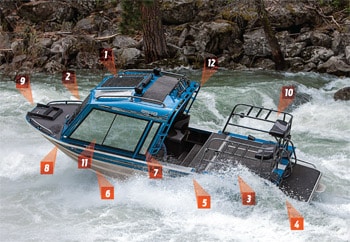
1. Sturdy cabin to protect the crew and to keep the boat from swamping.
2. Shatterproof windshield to keep the windows from bursting, with wipers to clear the spray.
3. Torquey V-8 inboard such as the 550 hp Marine Power 6.2-liter LSA for the power to climb raging rapids.
4. Jet-pump drive to deliver thrust and steering, without taking out the running gear on rocks.
5. Heavy-duty grate to keep from sucking rocks into the jet pump, with a “stomp grate” to clear debris.
6. Thick aluminum plating below the waterline to fend off boulders and timber.
7. Stick steering for a positive feel and quicker response when navigating the rapids.
8. Relatively flat running surface to skim across shoals.
9. Forward companionway and bow ladder to facilitate boarding when beached.
10. High rails in the stern for safety on the water-shedding flush aft deck.
11. Air-ride seats at the cab-forward helm to cushion the jarring ride when running the rapids.
12. Grab handles for the crew everywhere possible on the boat.
BWC Weapon Series 24
We had a chance to extract performance data while running BWC’s single-engine Weapon Series 24-footer owned by Mike Sterling of Parma, Idaho, in calm water on the Payette River.
The current was running about 7.5 mph, so we tested the 4,800-pound boat in both directions and averaged the speed. BWC provided the fuel-burn rates to us.
This jet boat jumped on plane in 5.72 seconds but took twice as long — 10.45 seconds — to reach 30 mph. Our average top speed was 40.6 mph at 4,300 rpm, and best fuel economy came at 3,500 rpm and 29.05 mph, where the Weapon 24 achieved 2.02 mpg for a range of 269 miles with the 148-gallon fuel tank.
